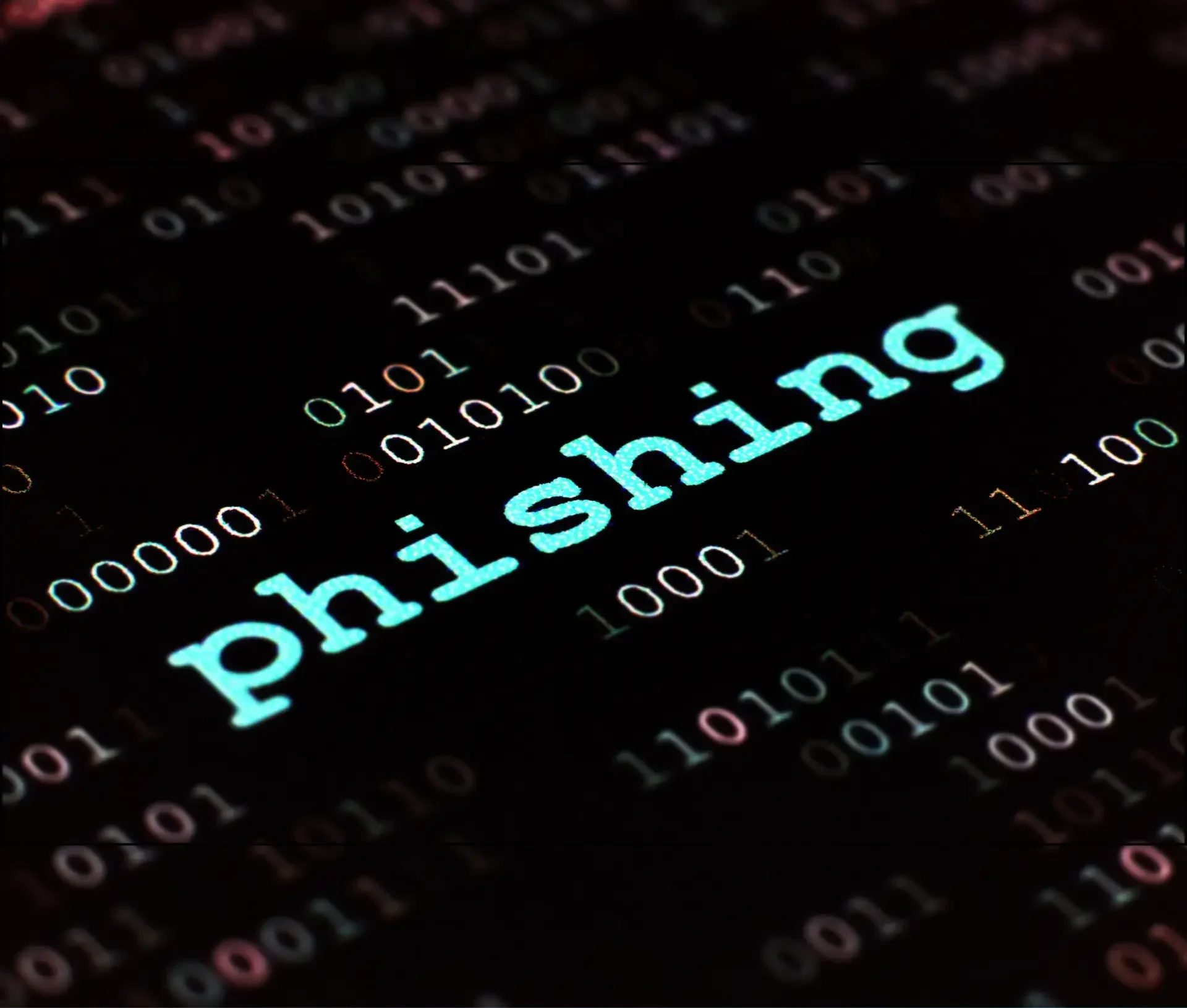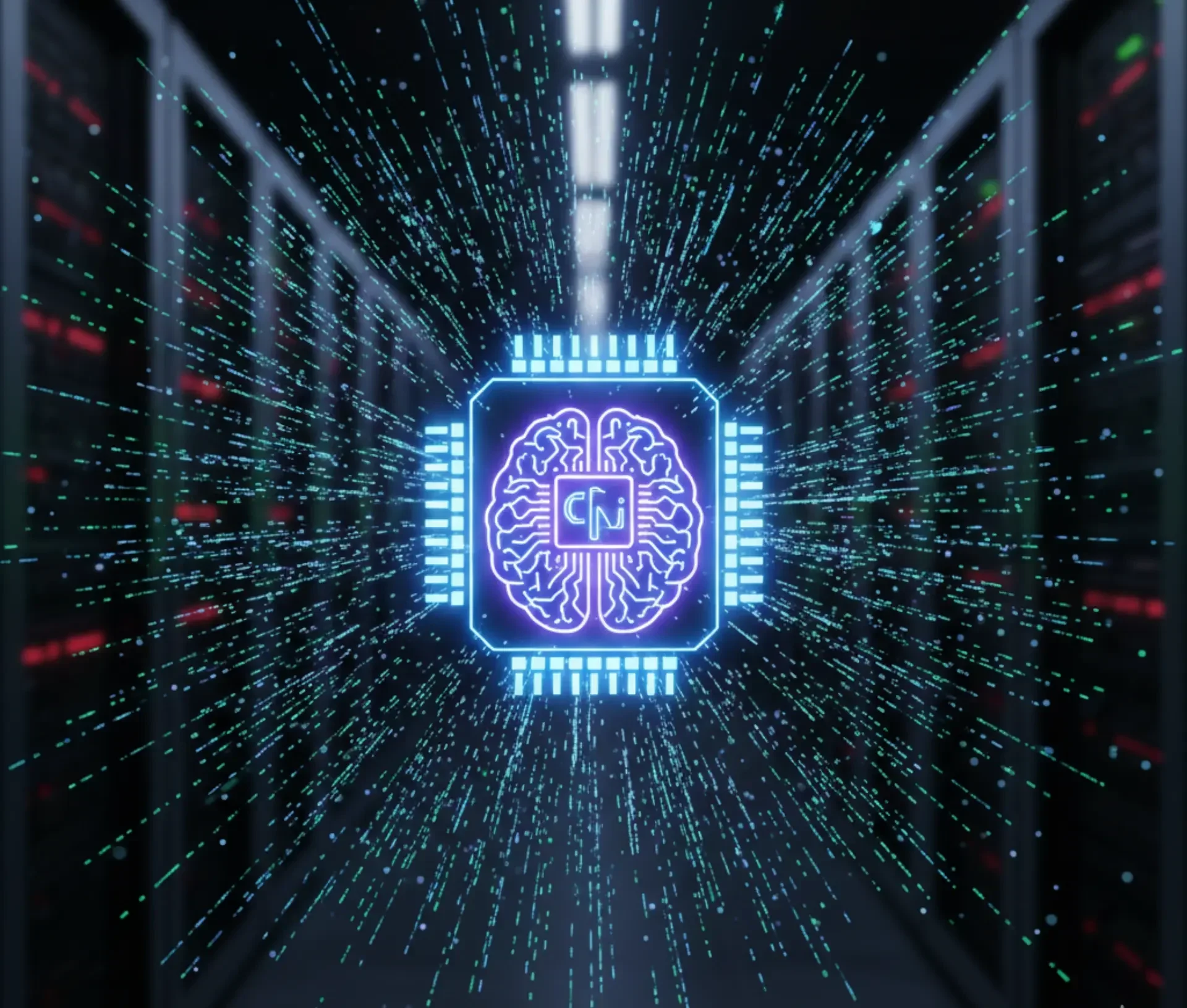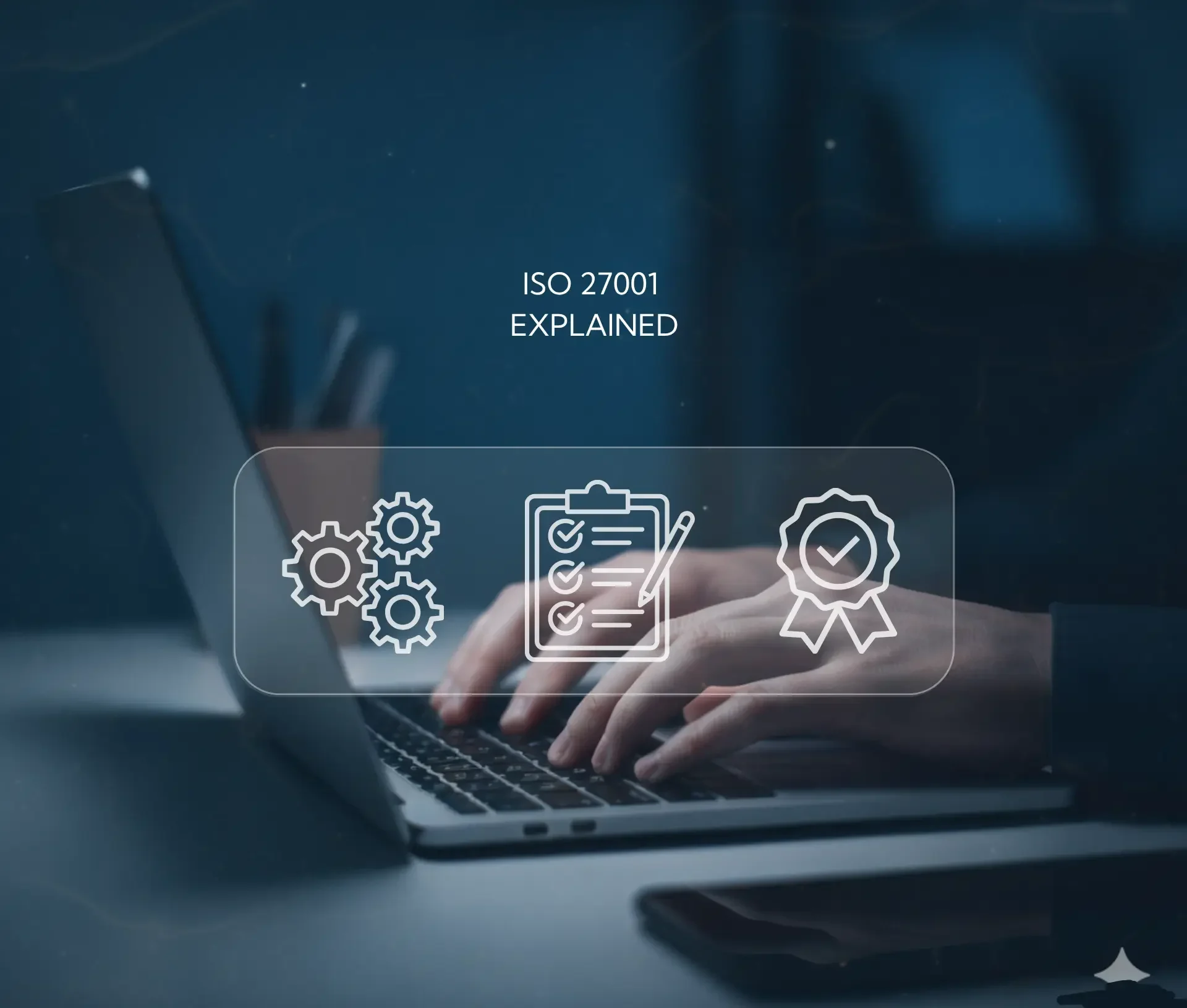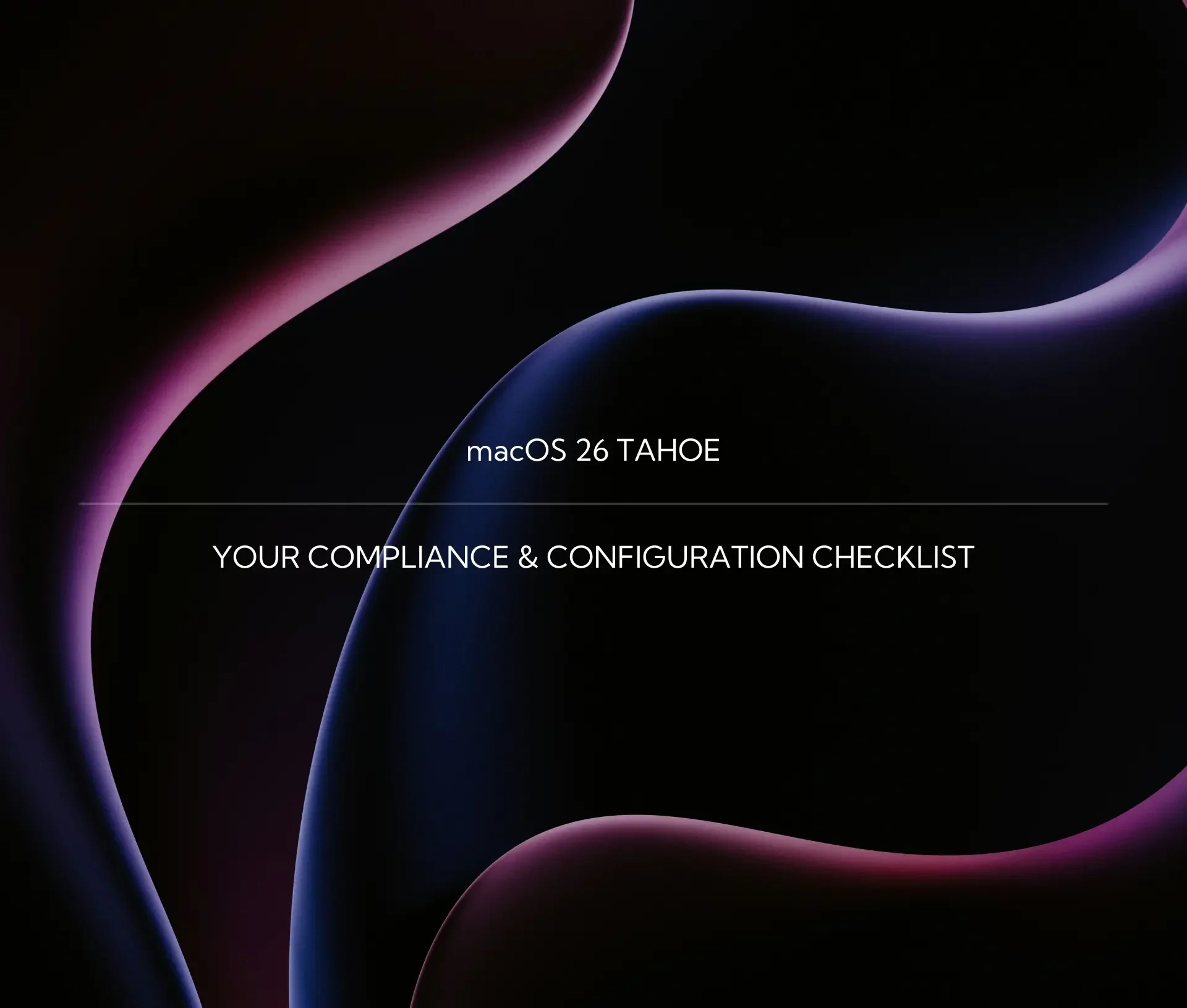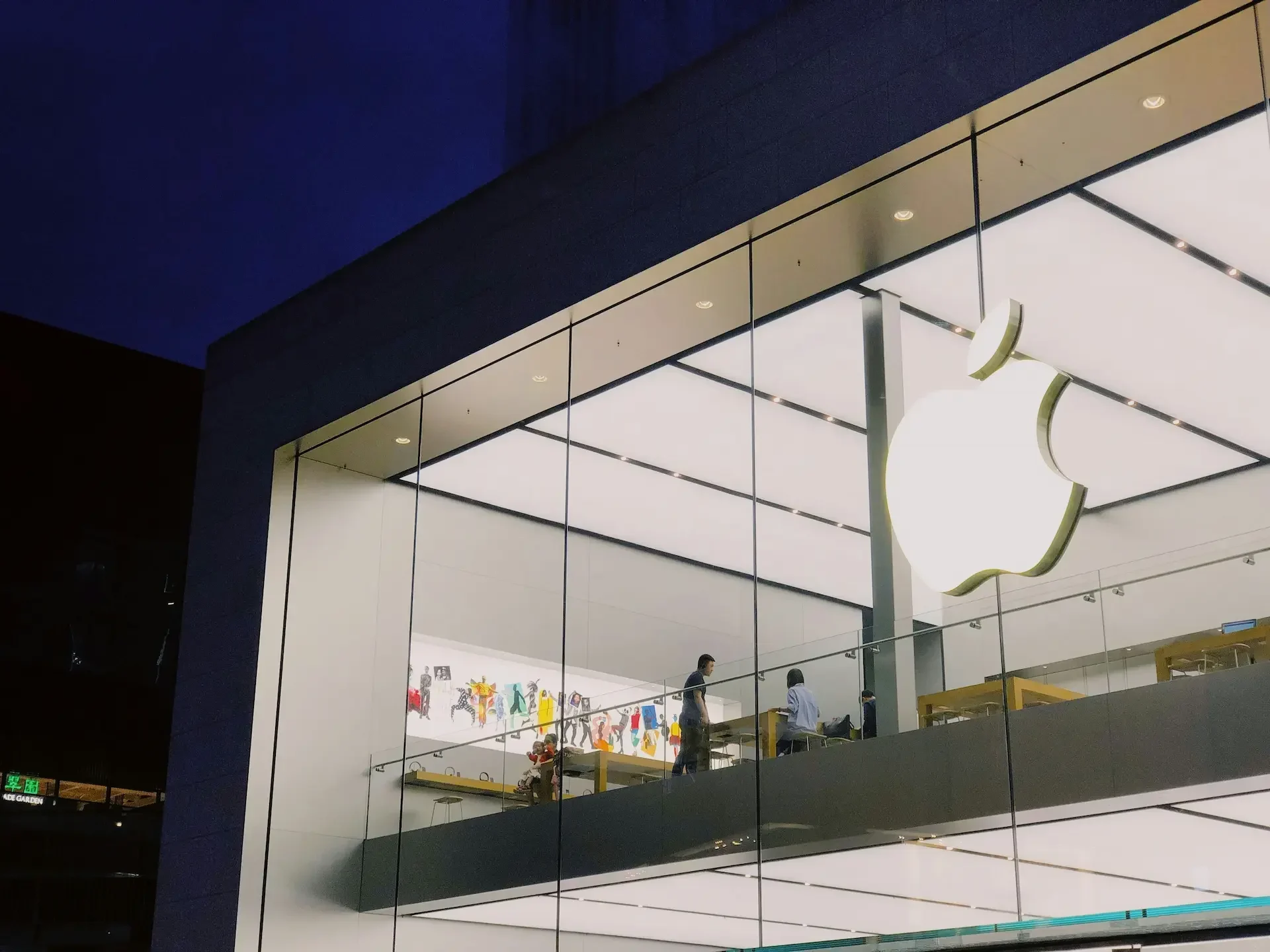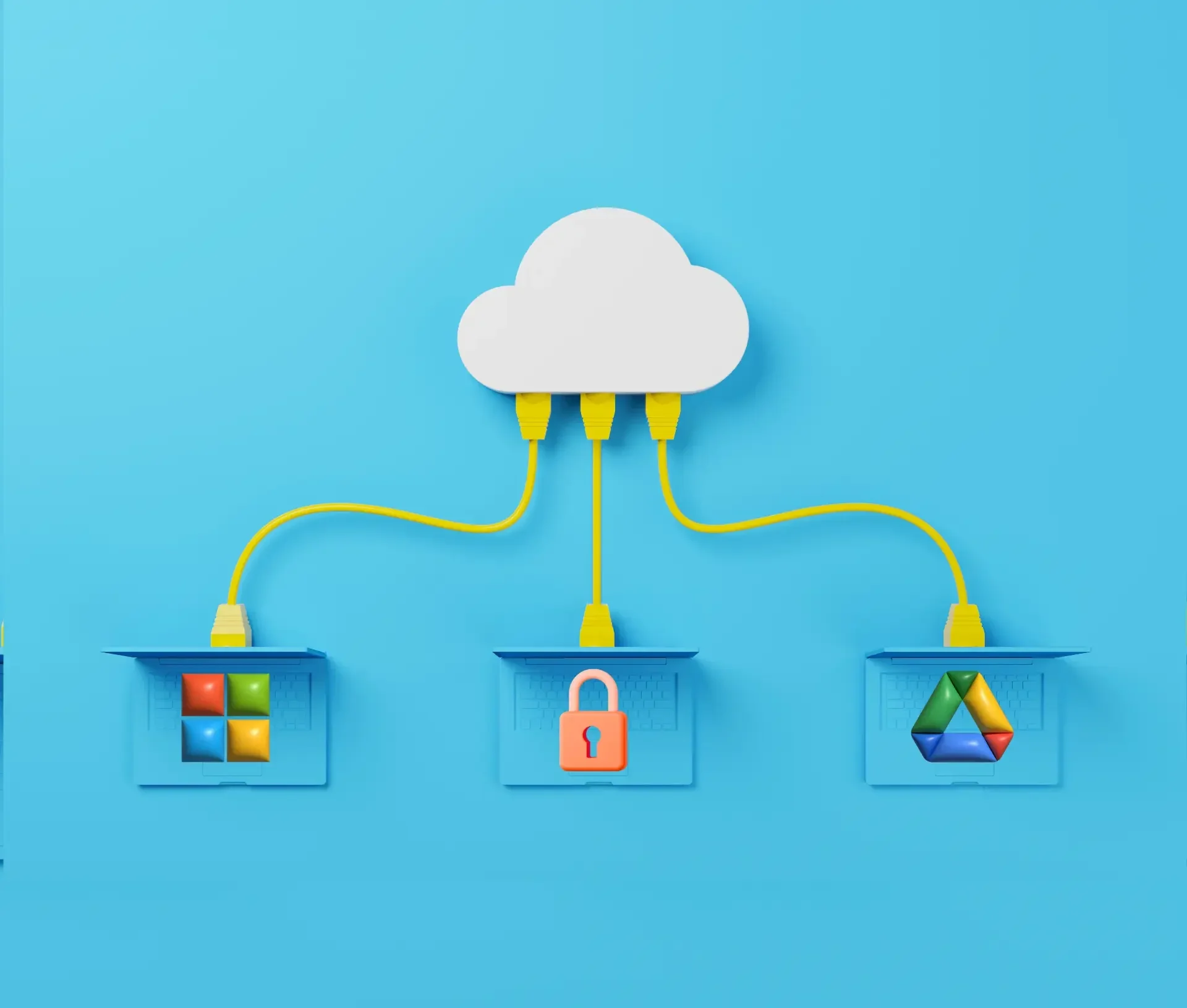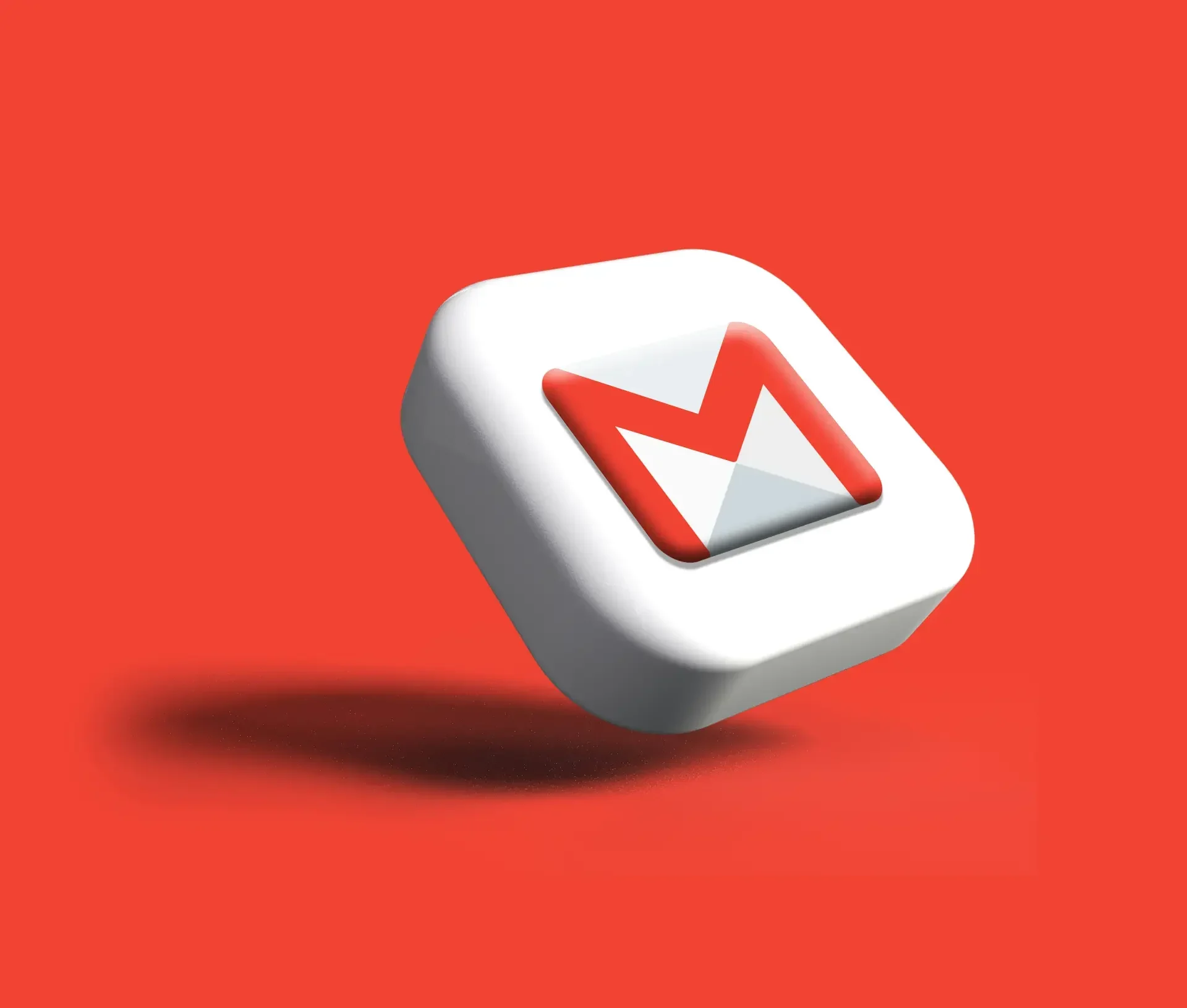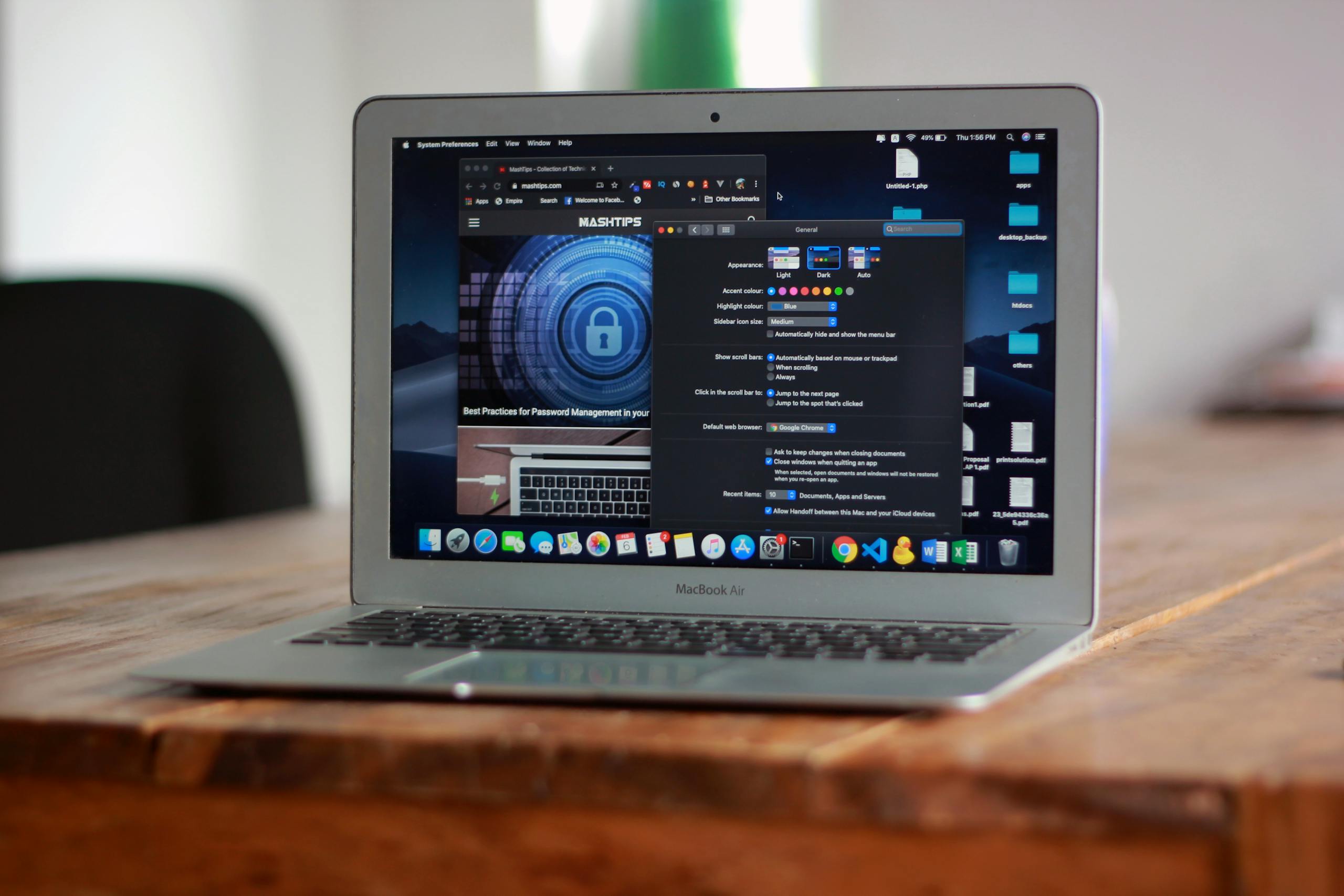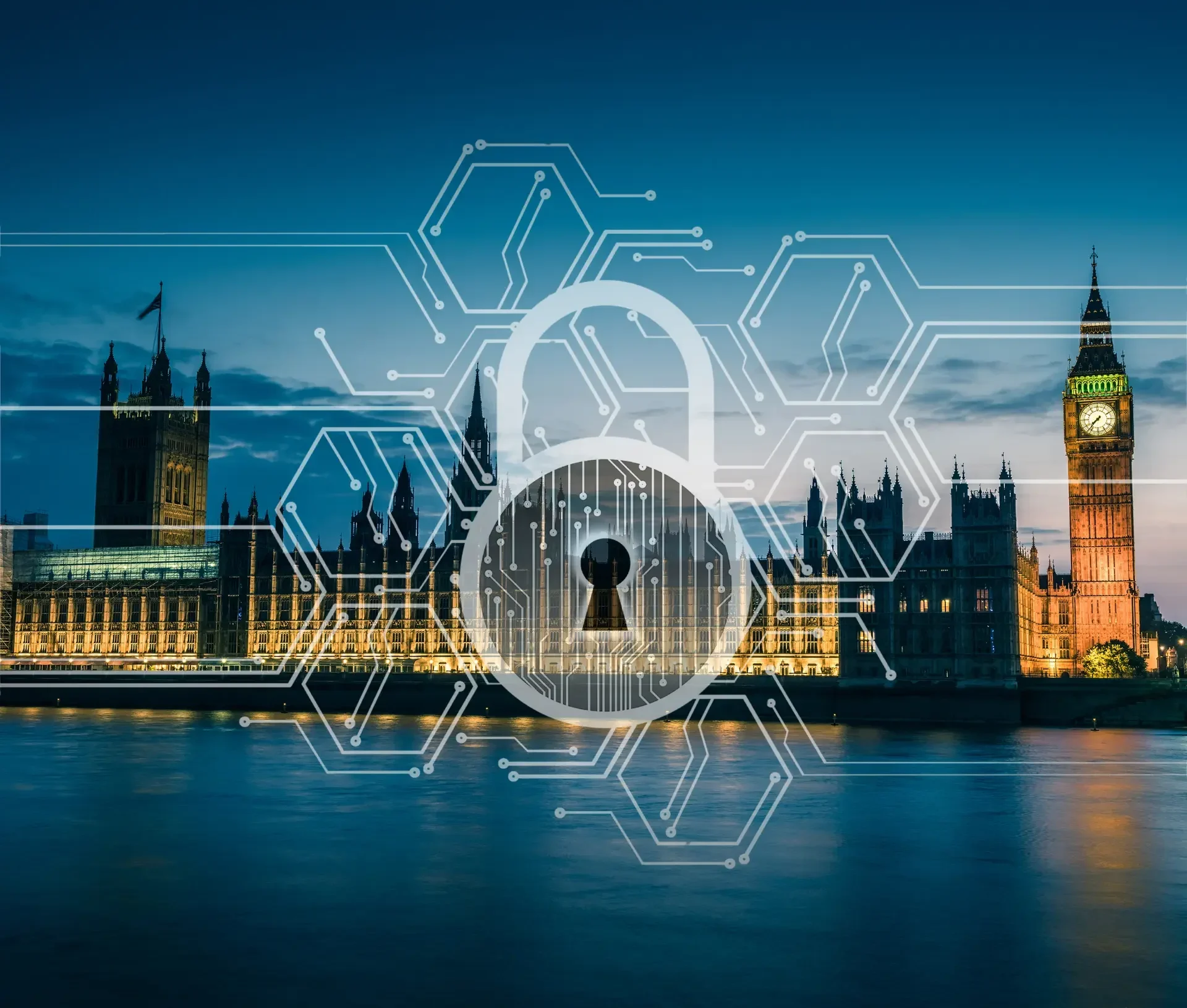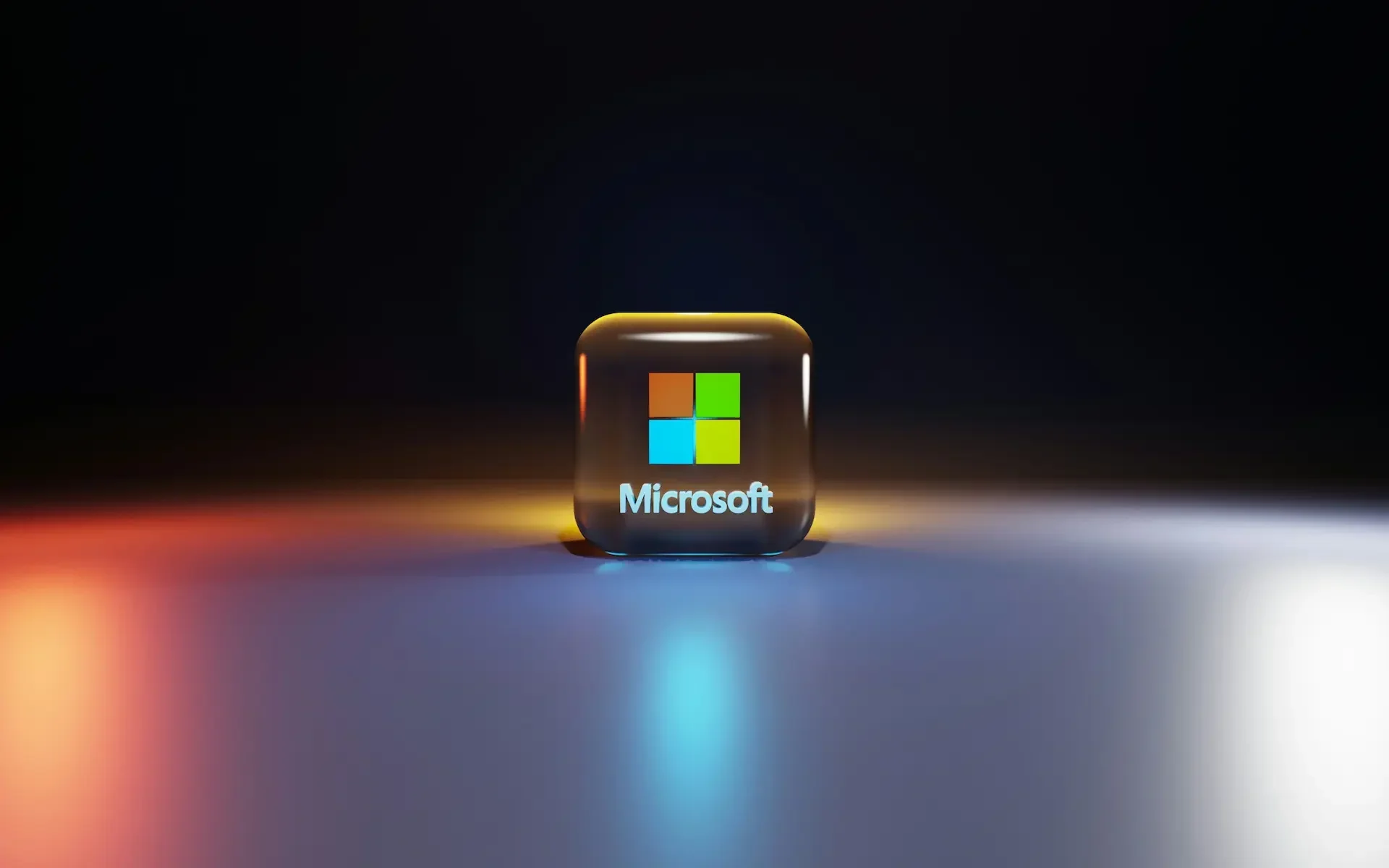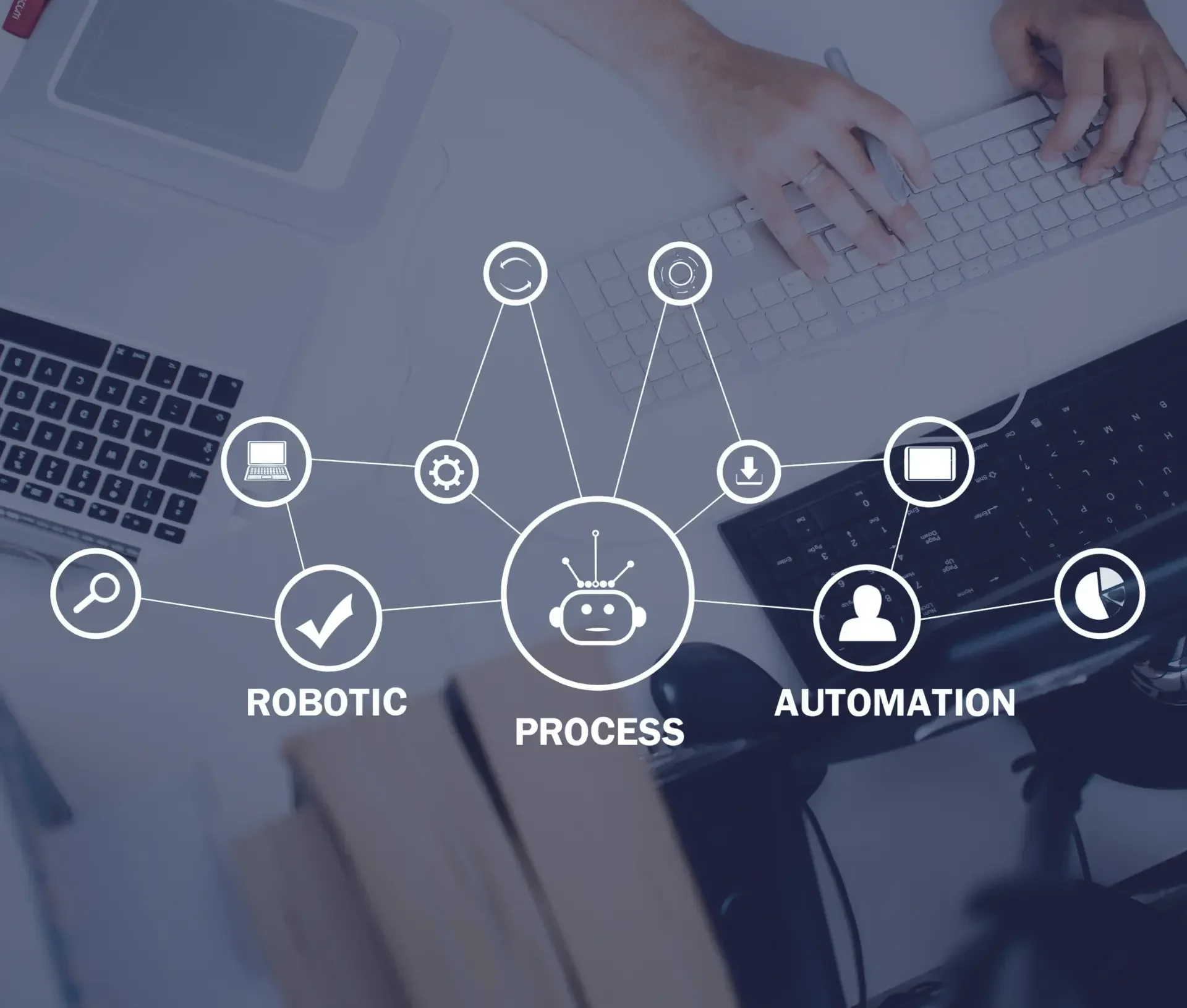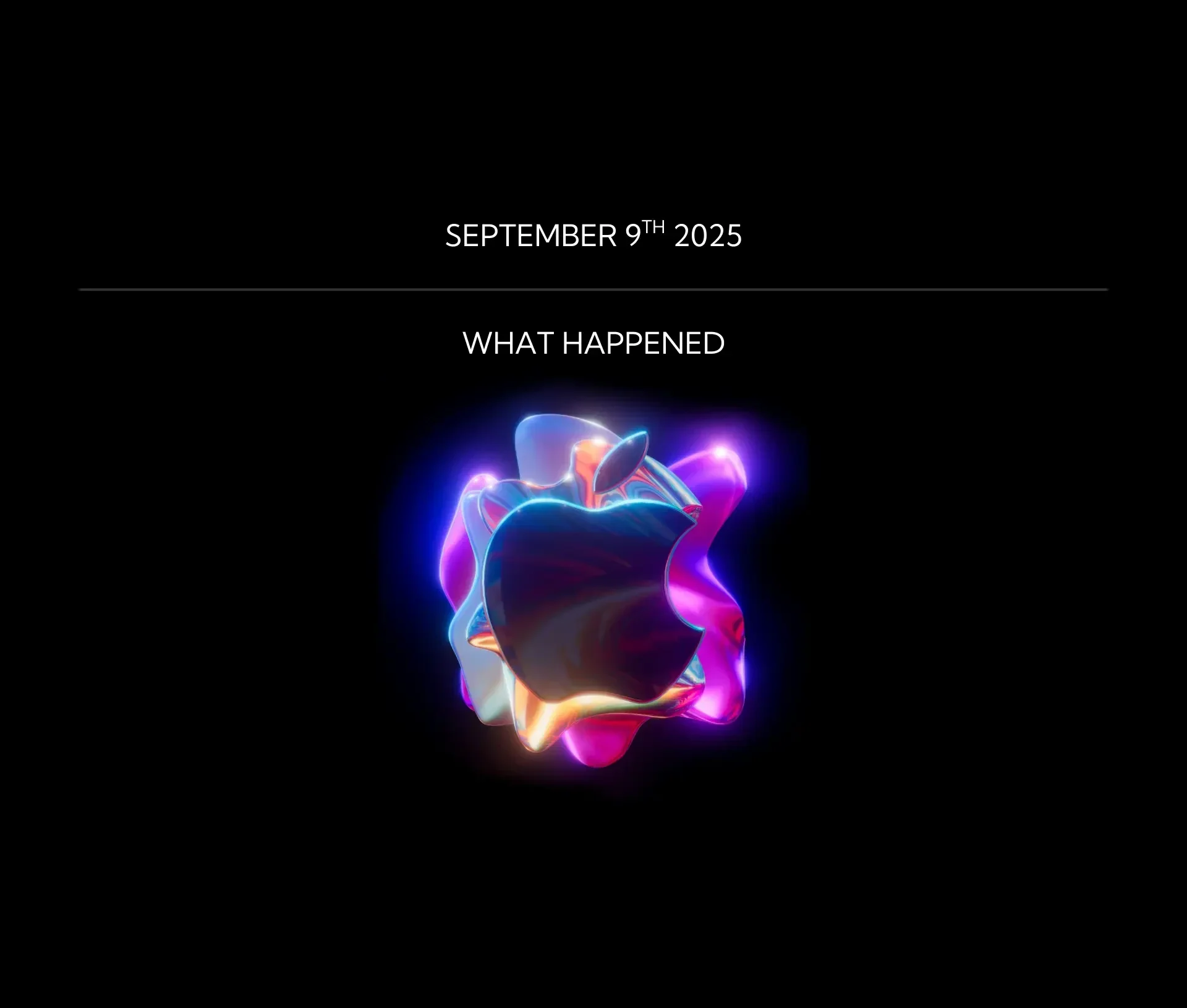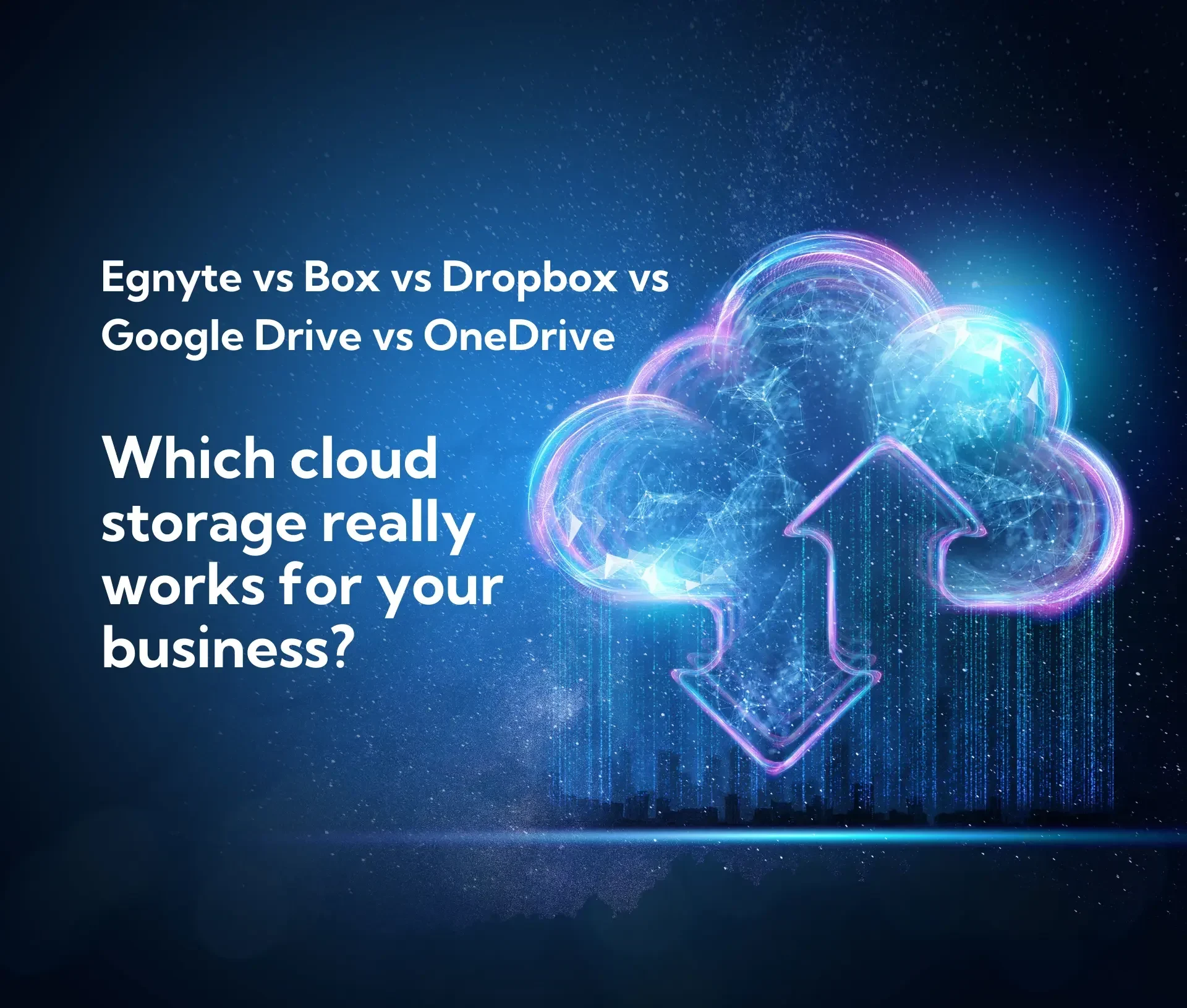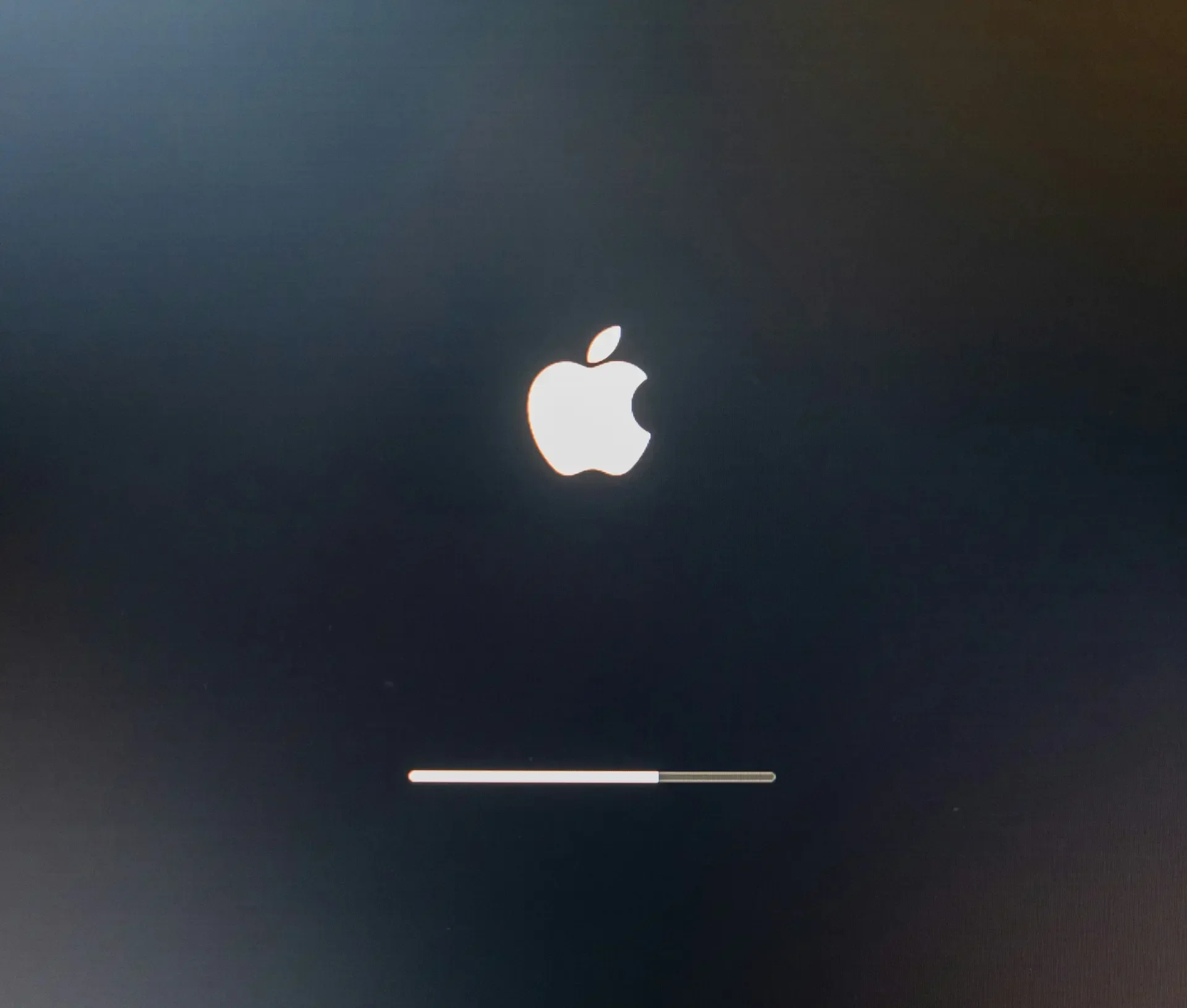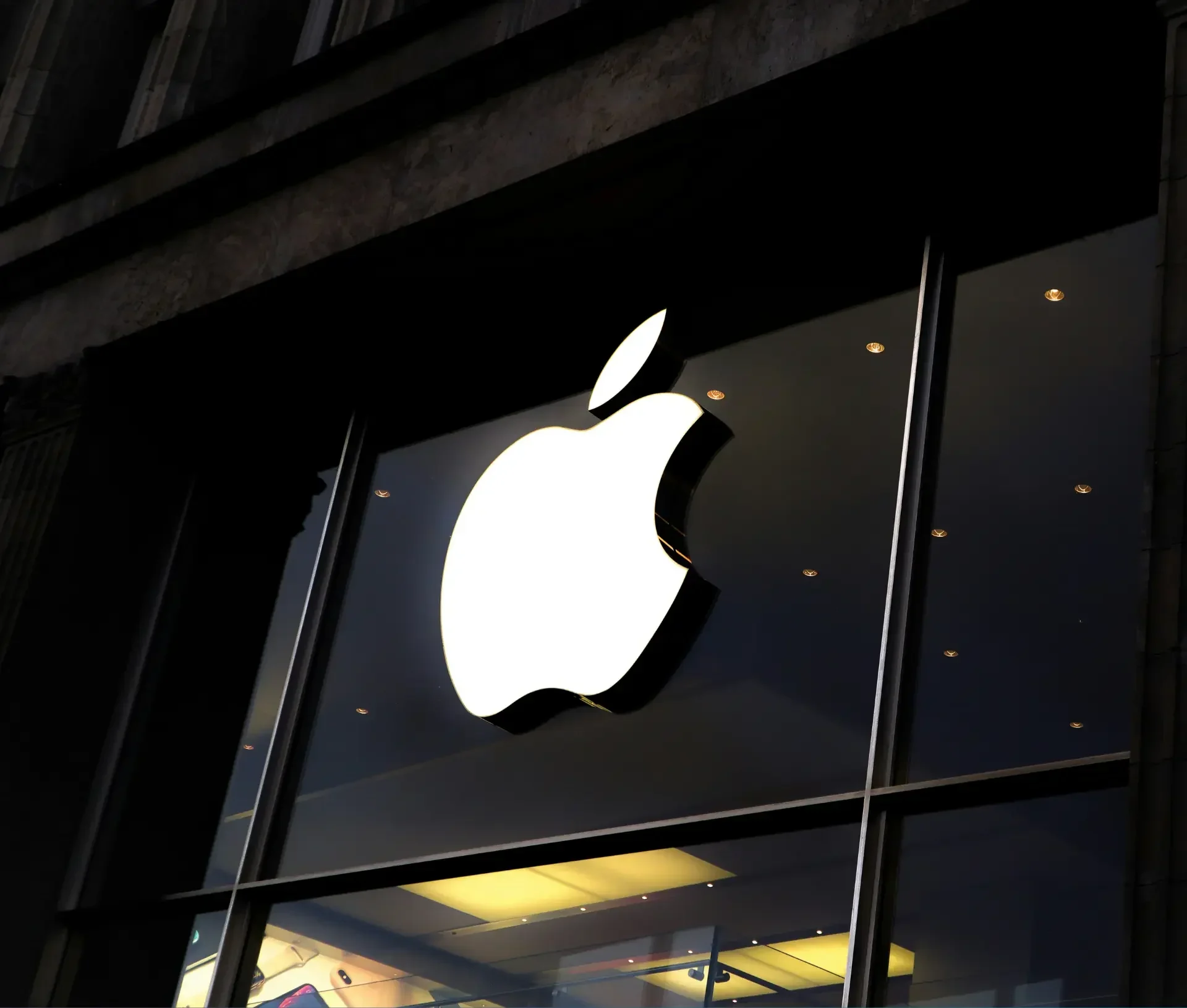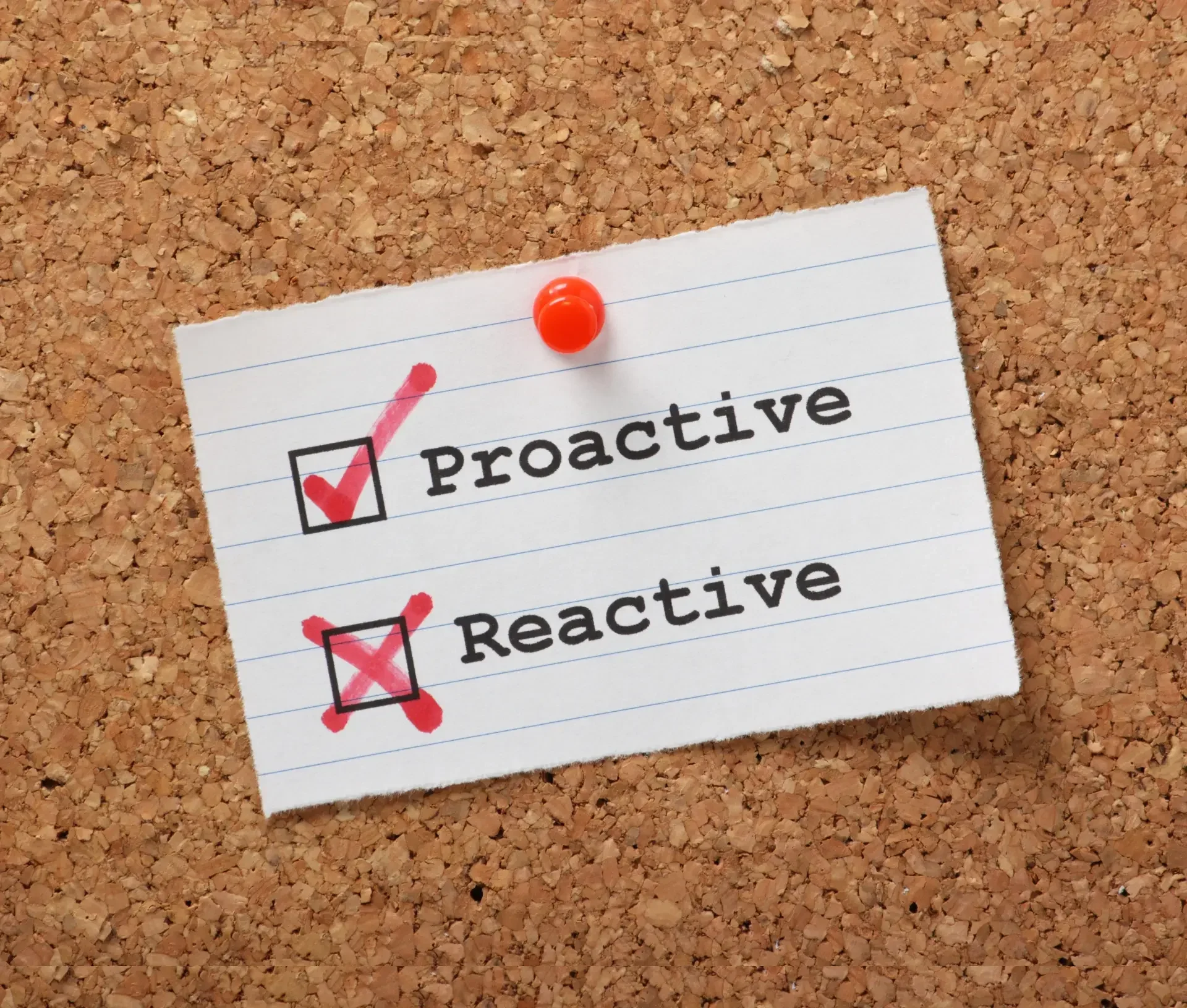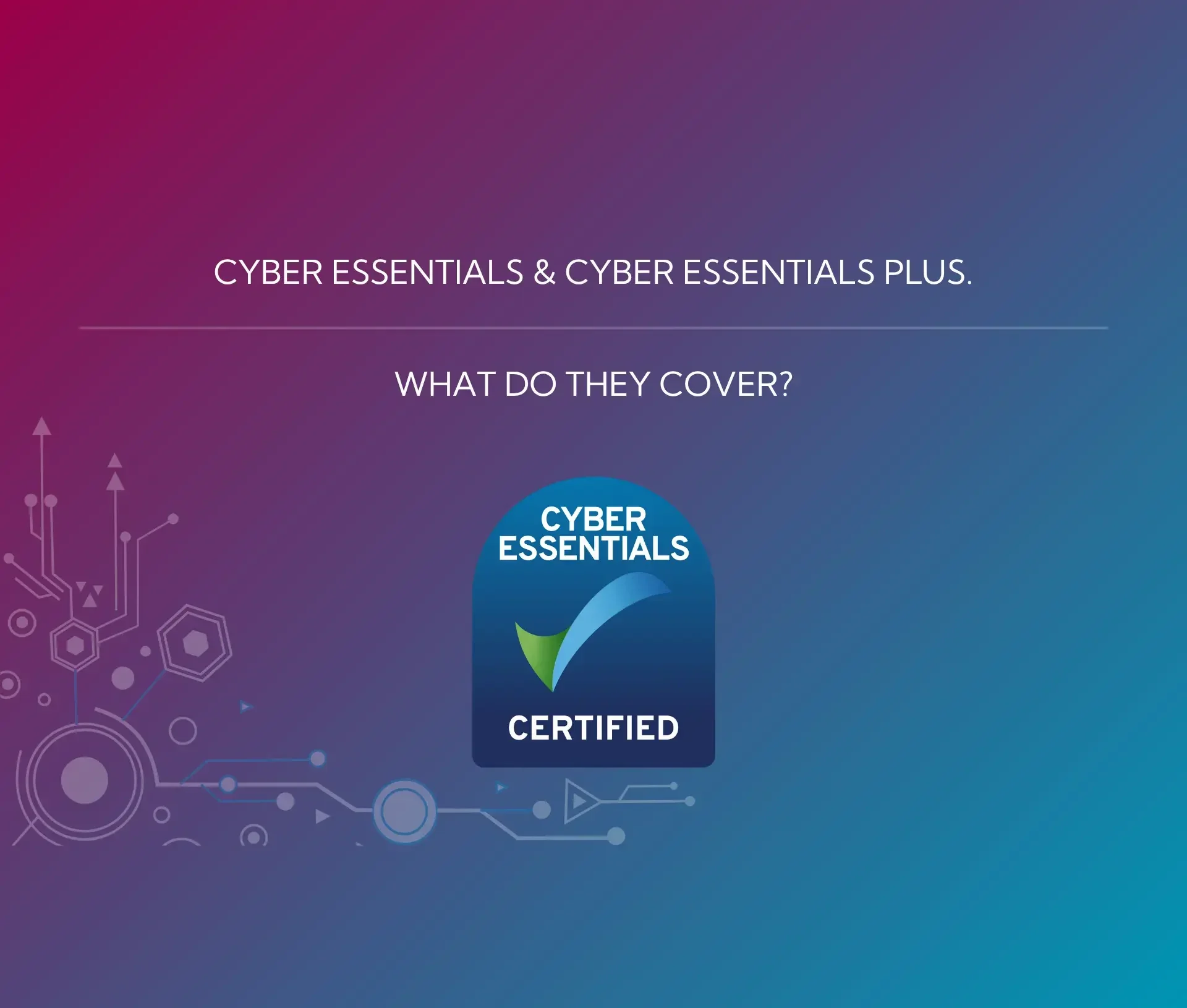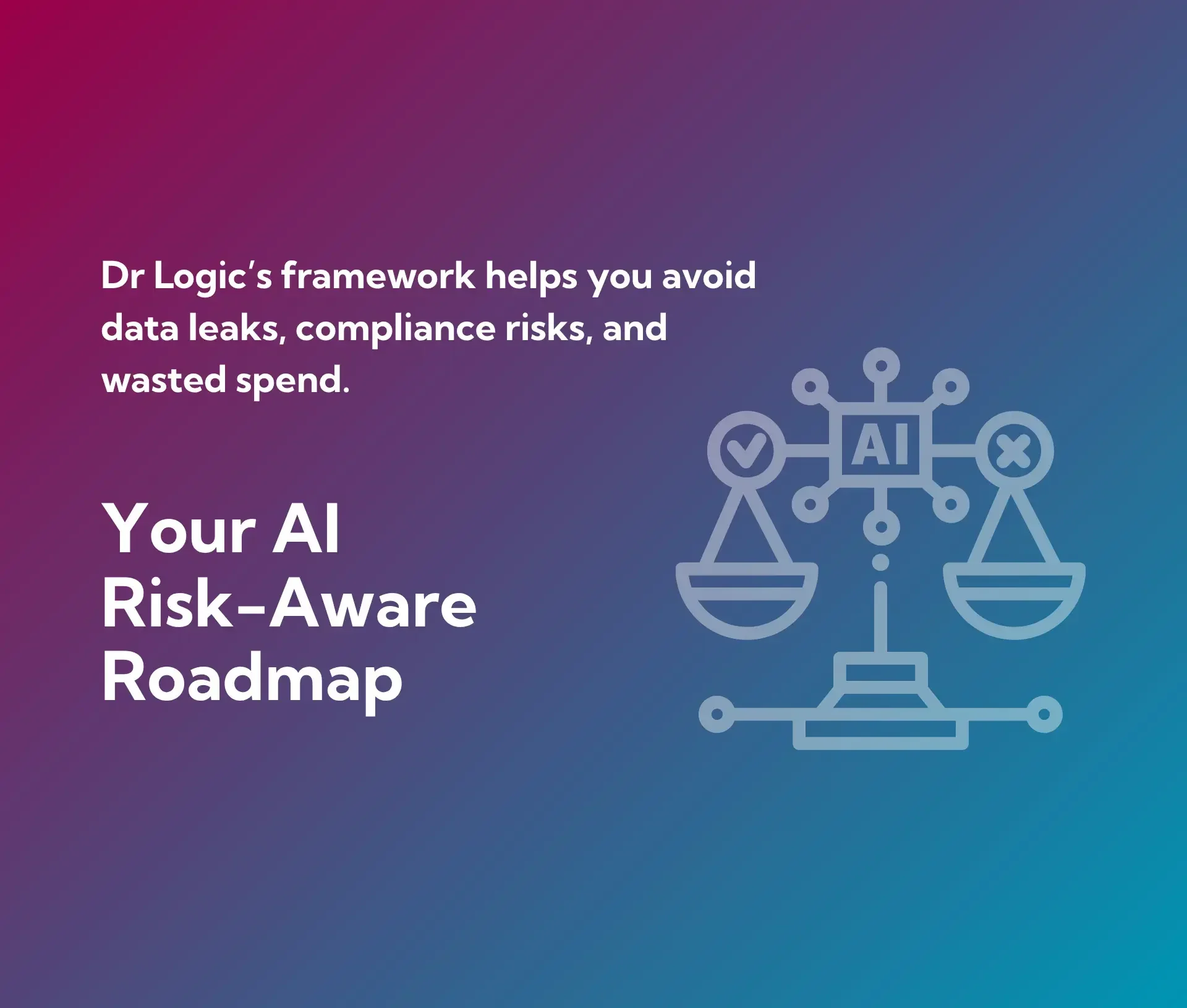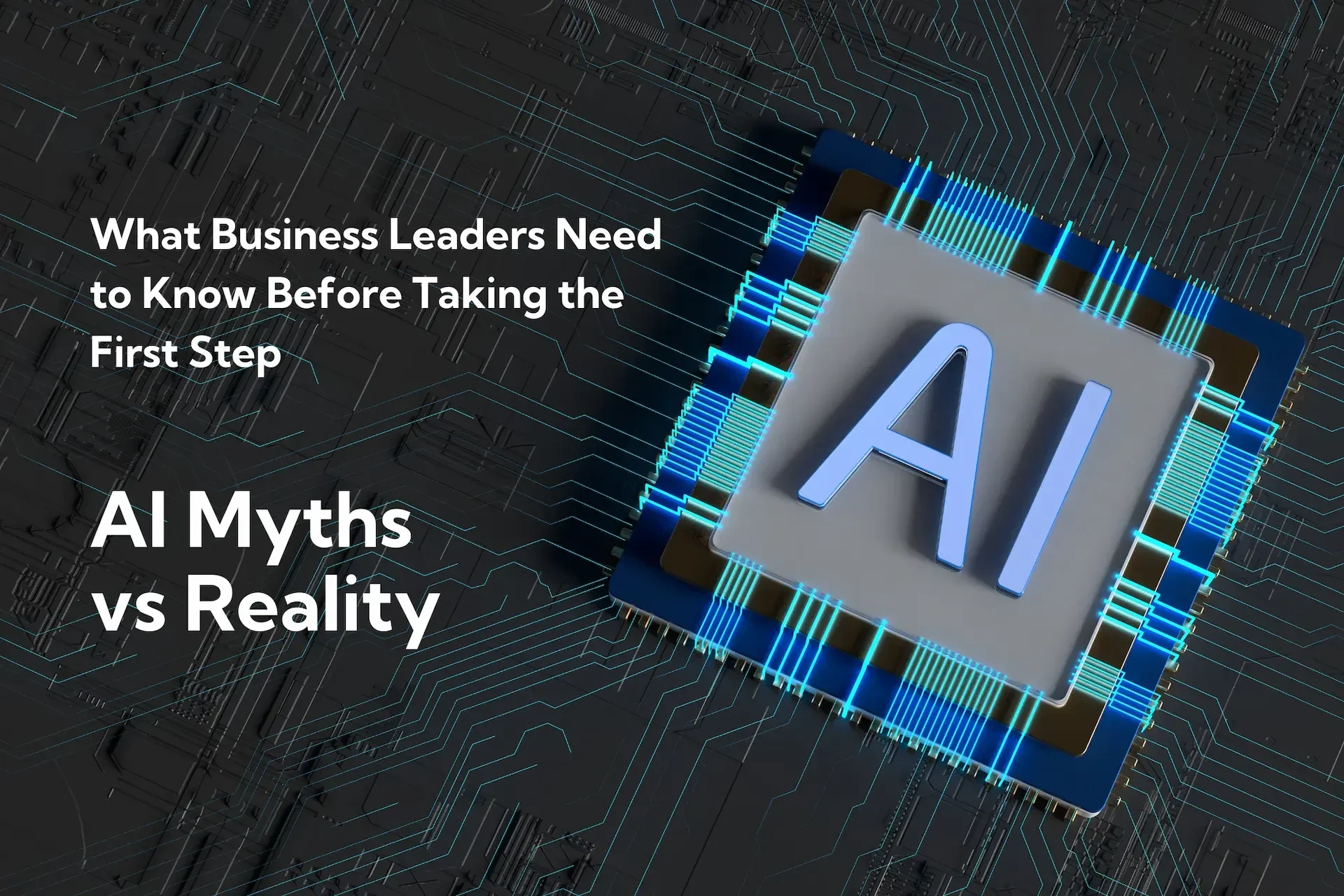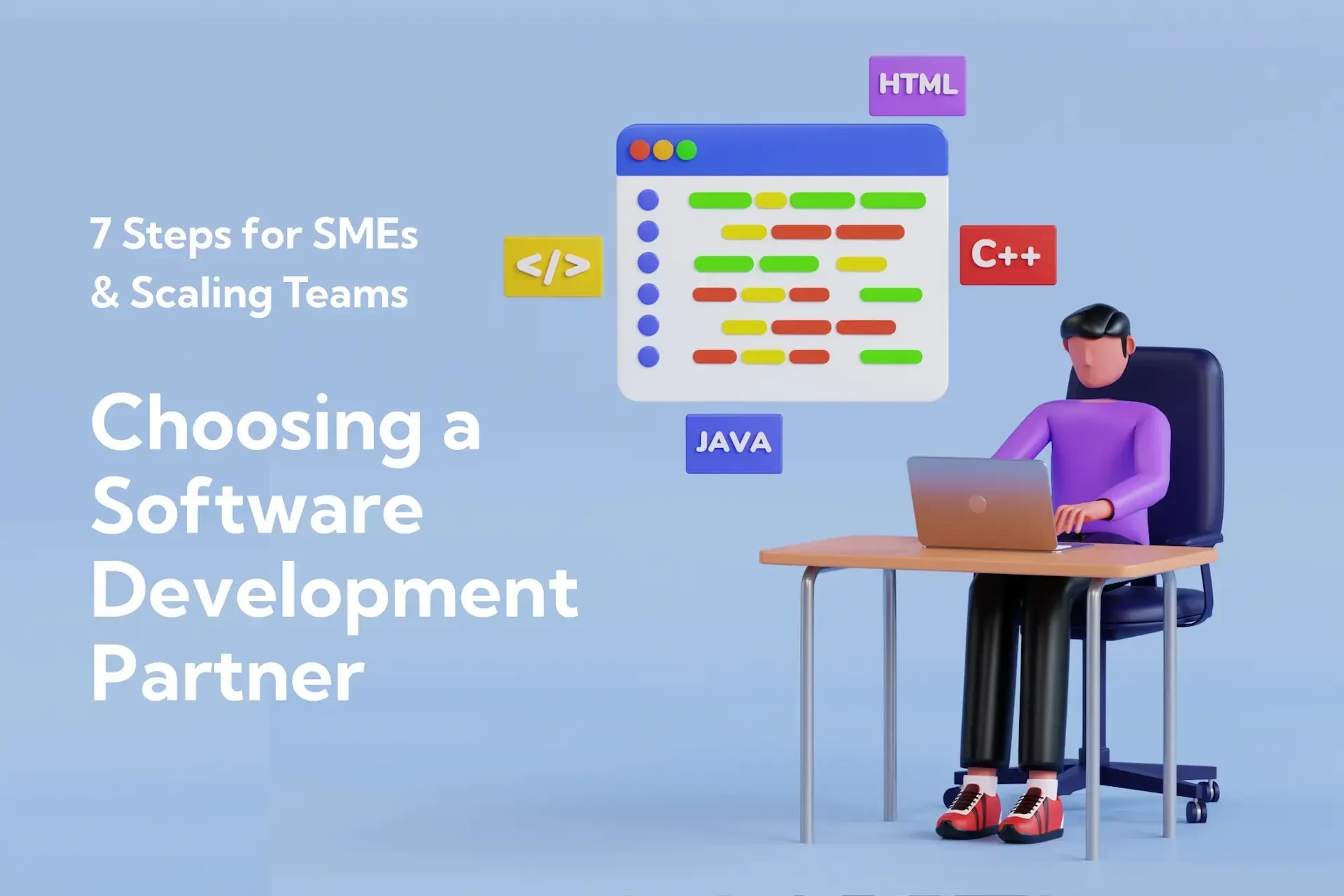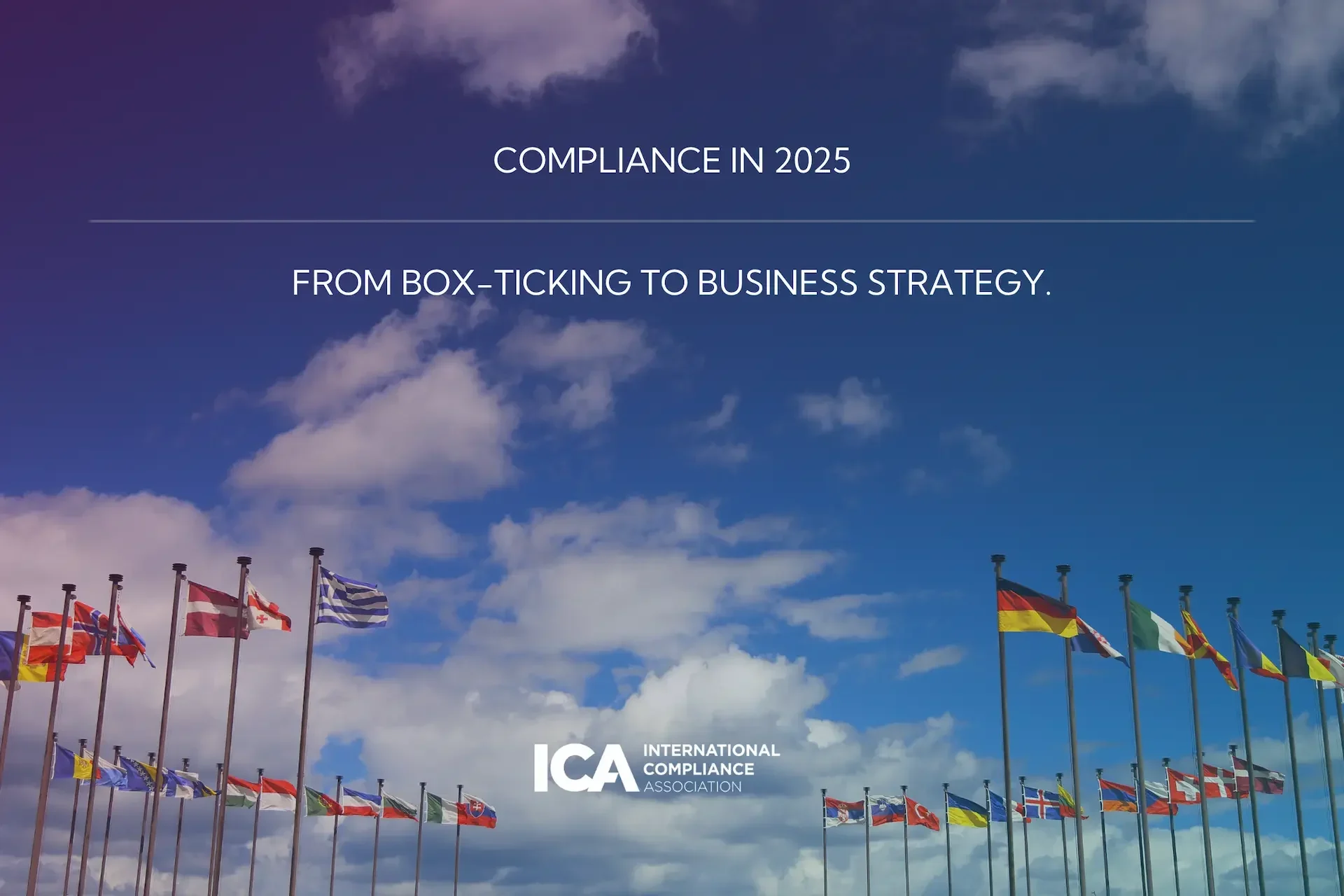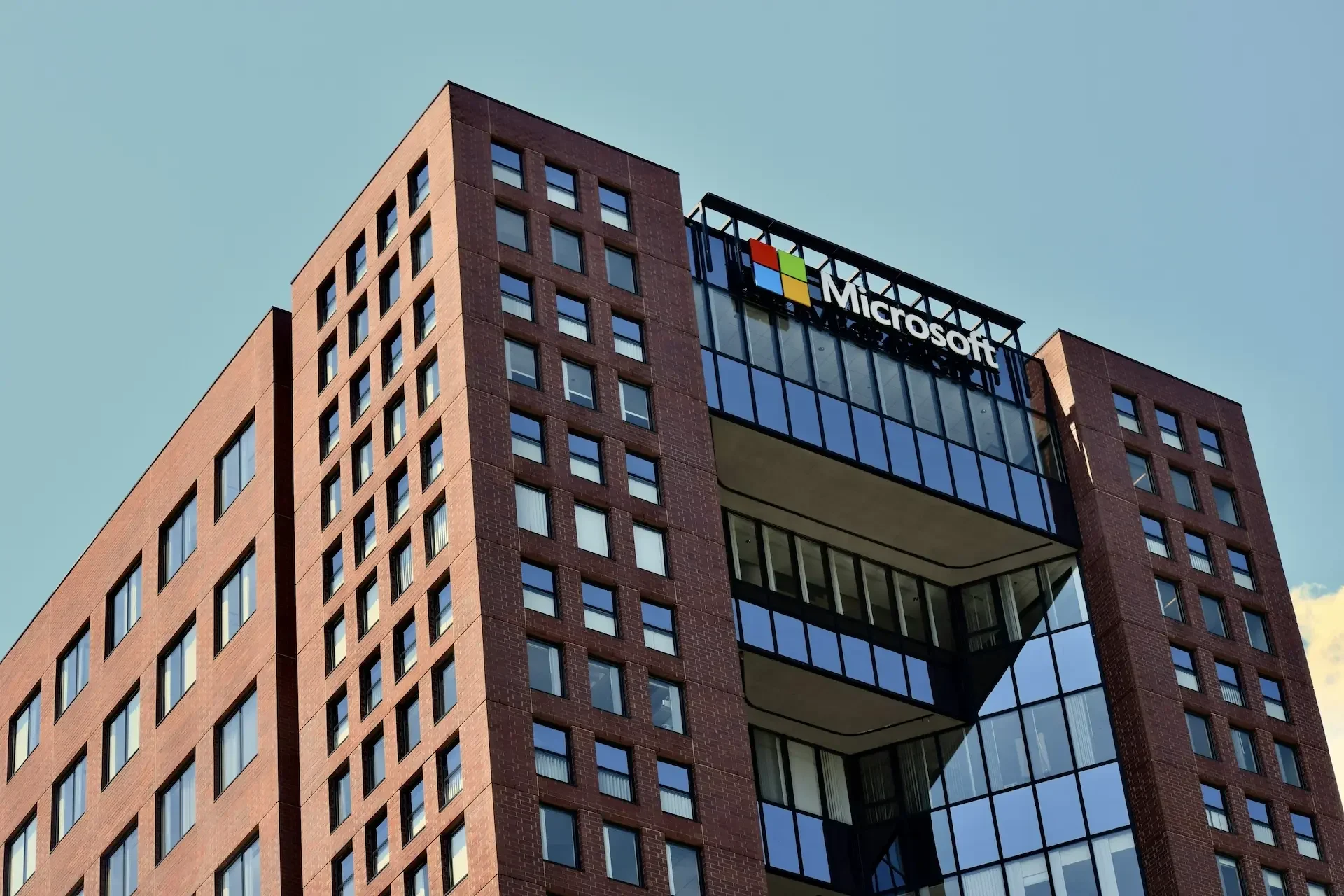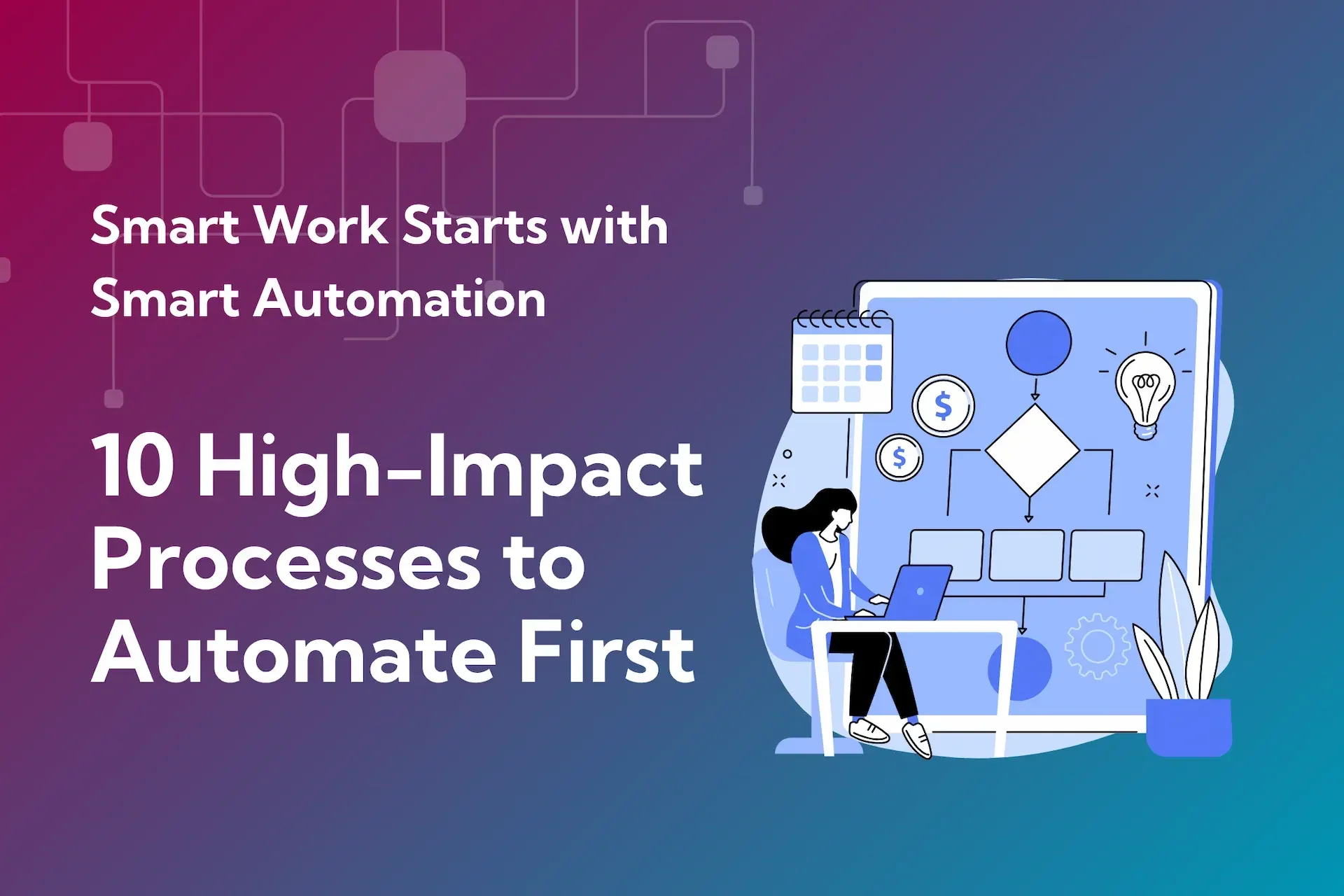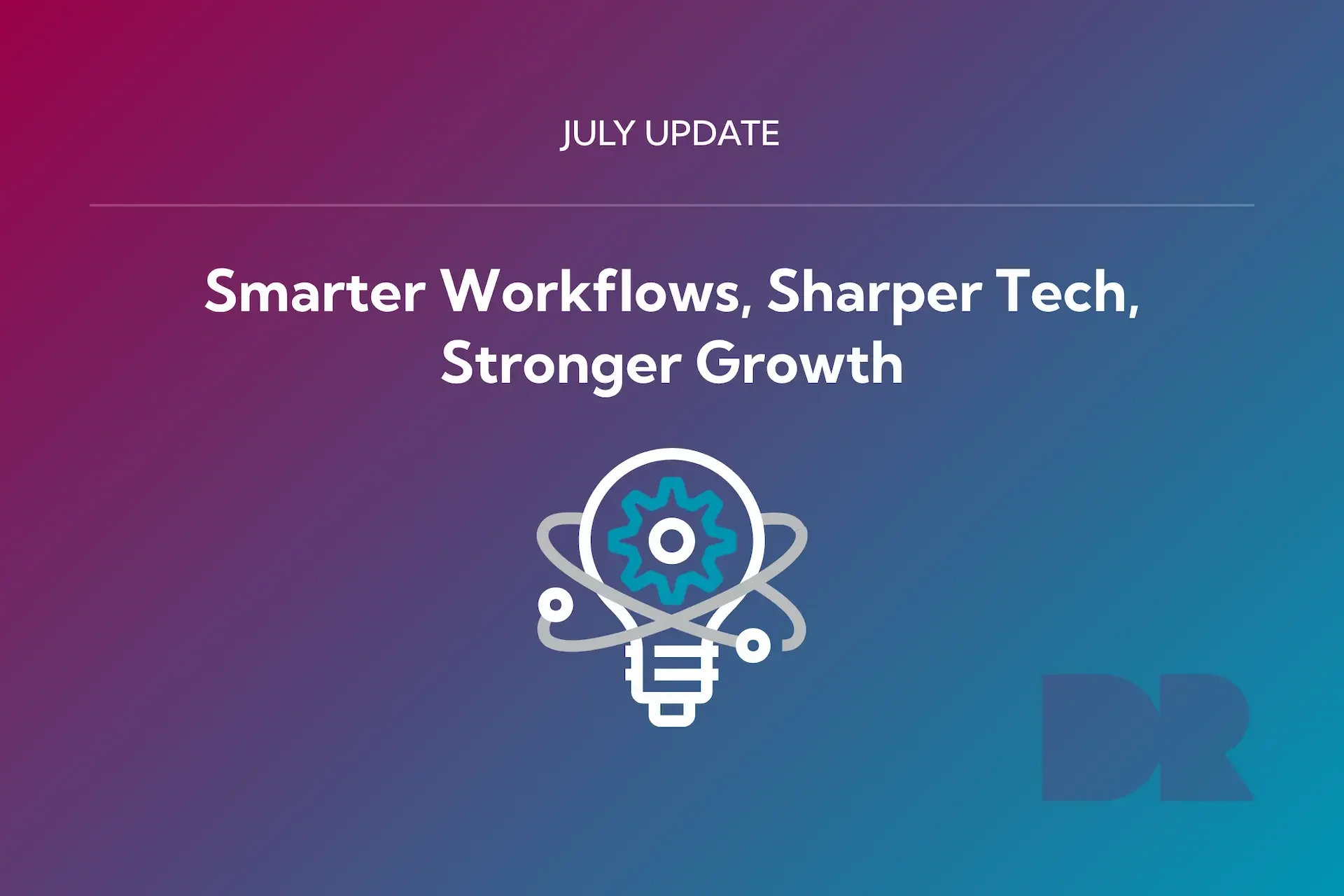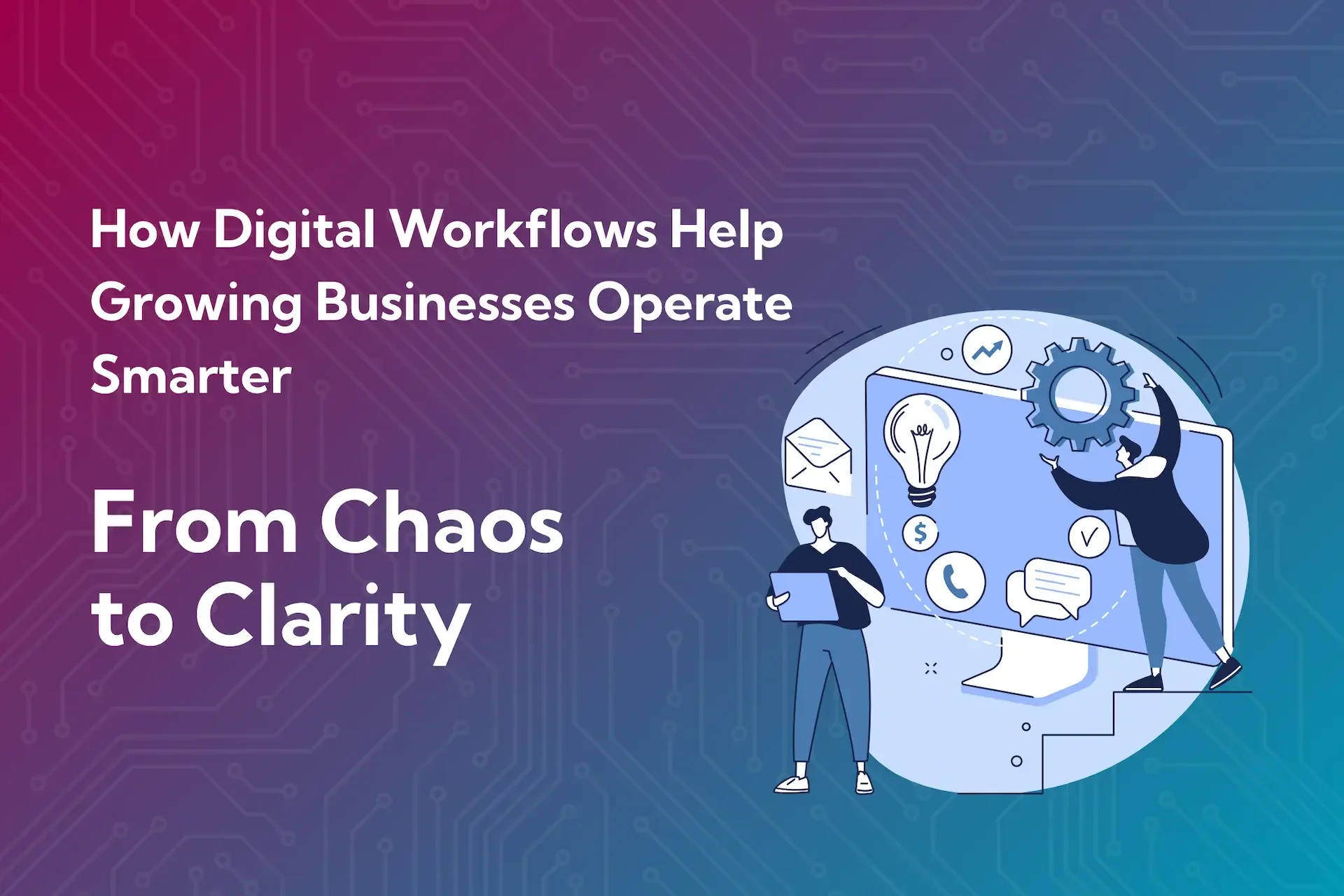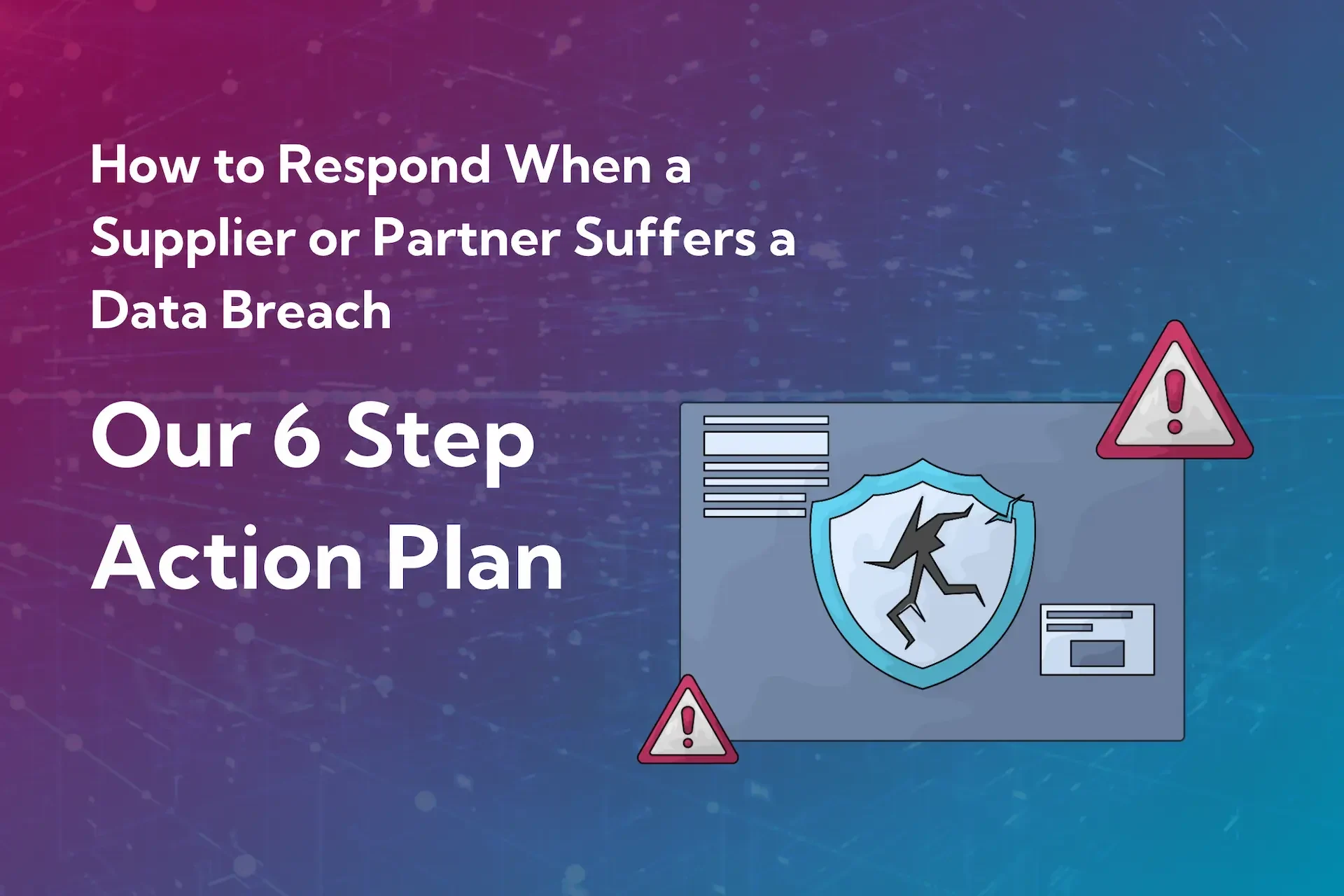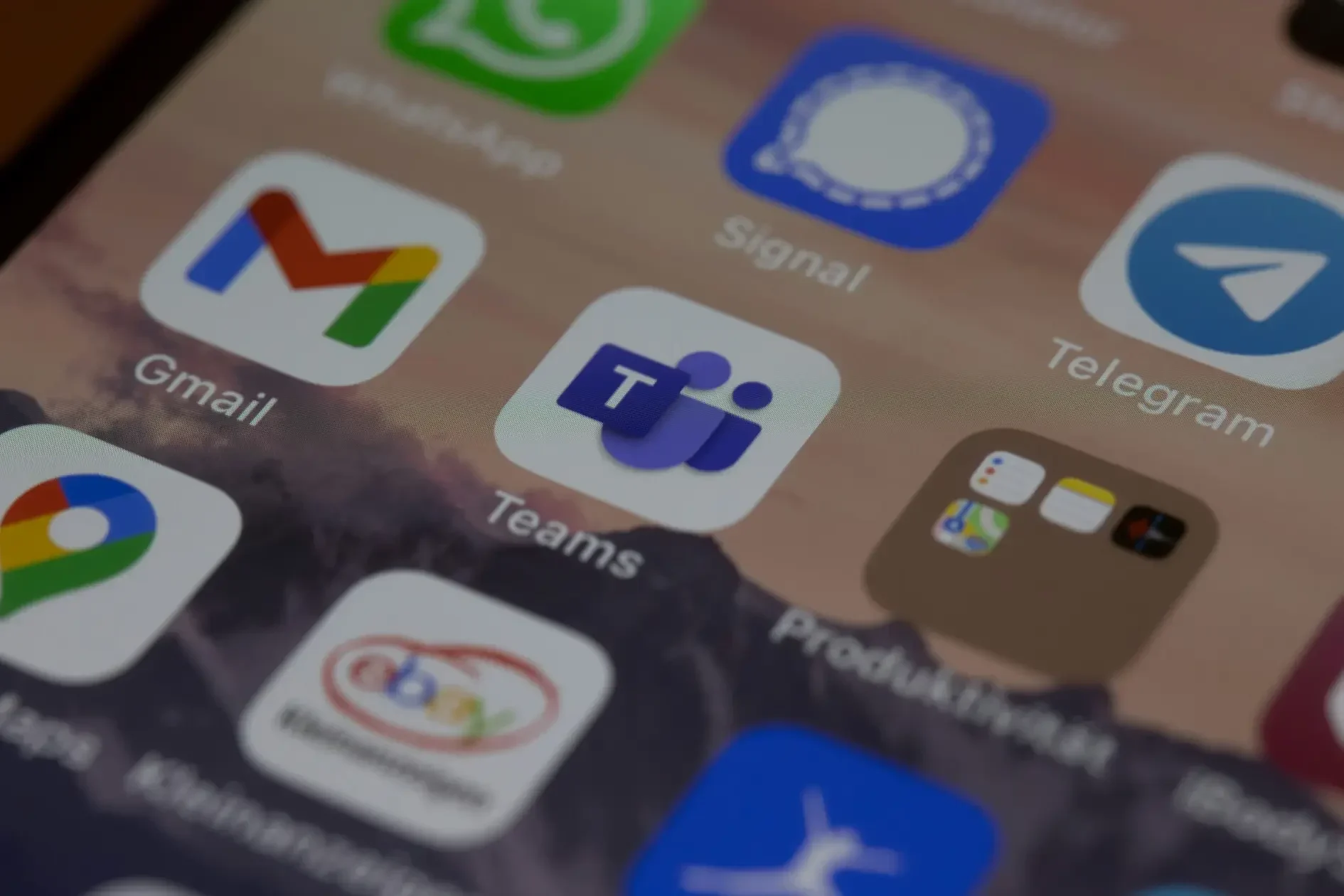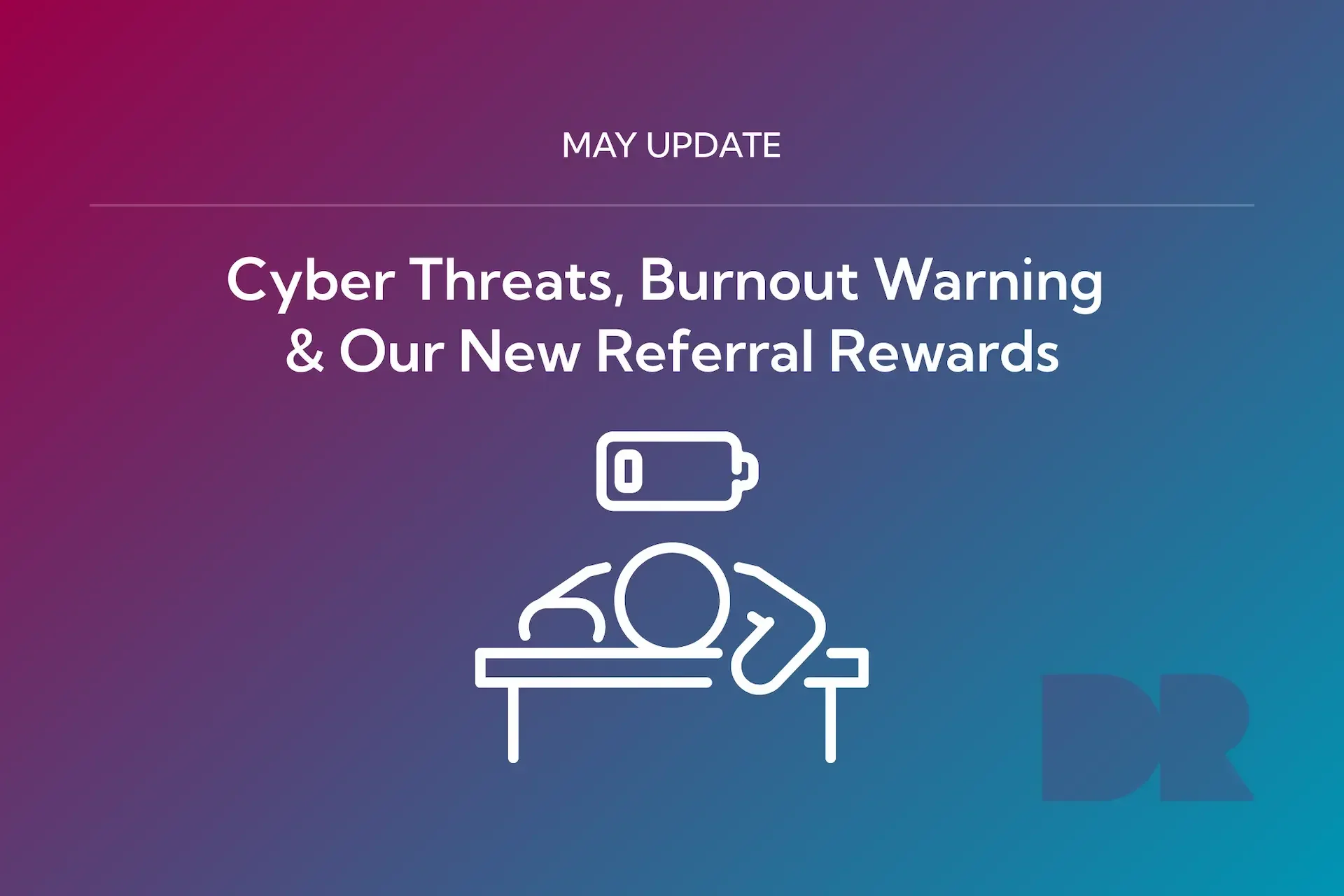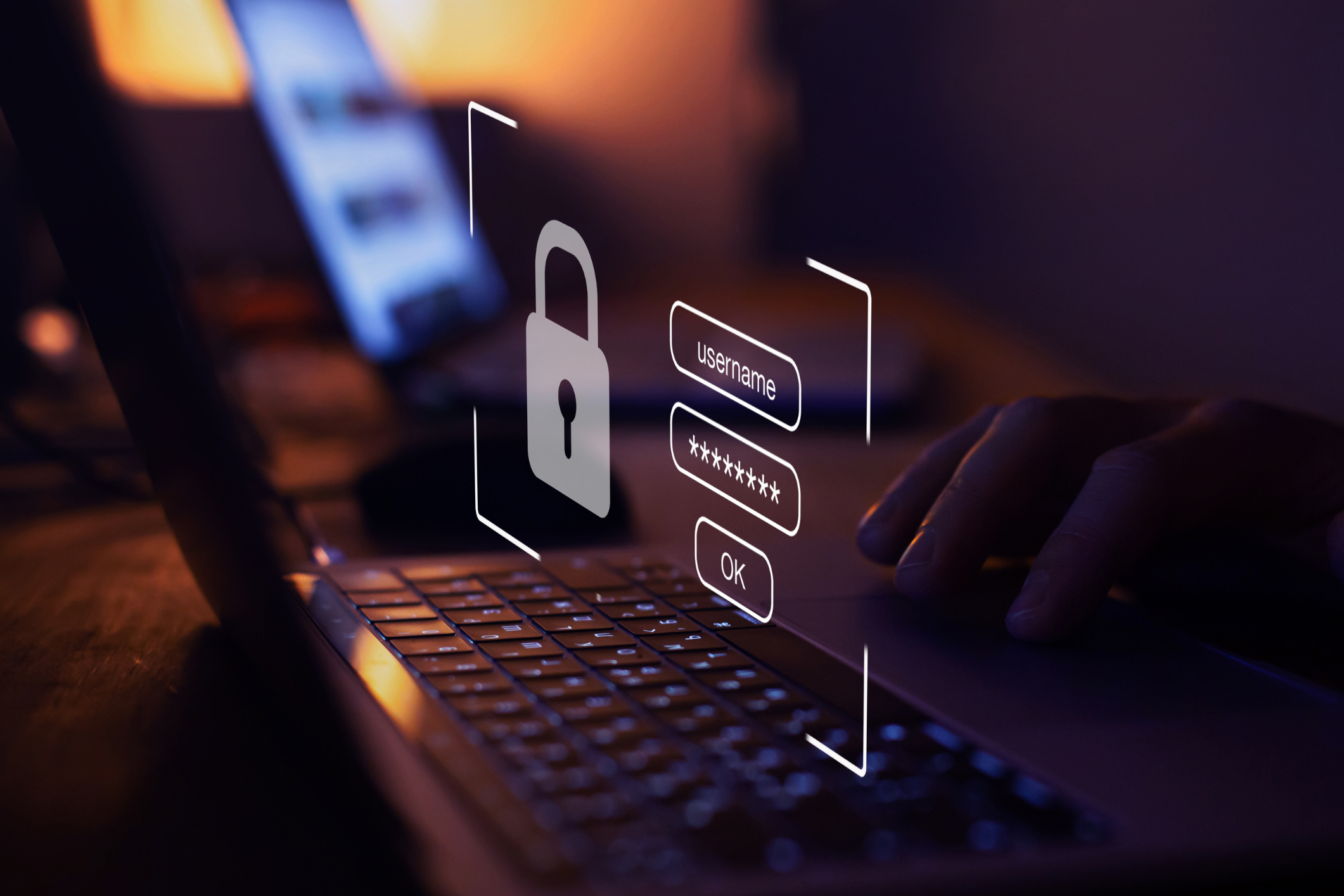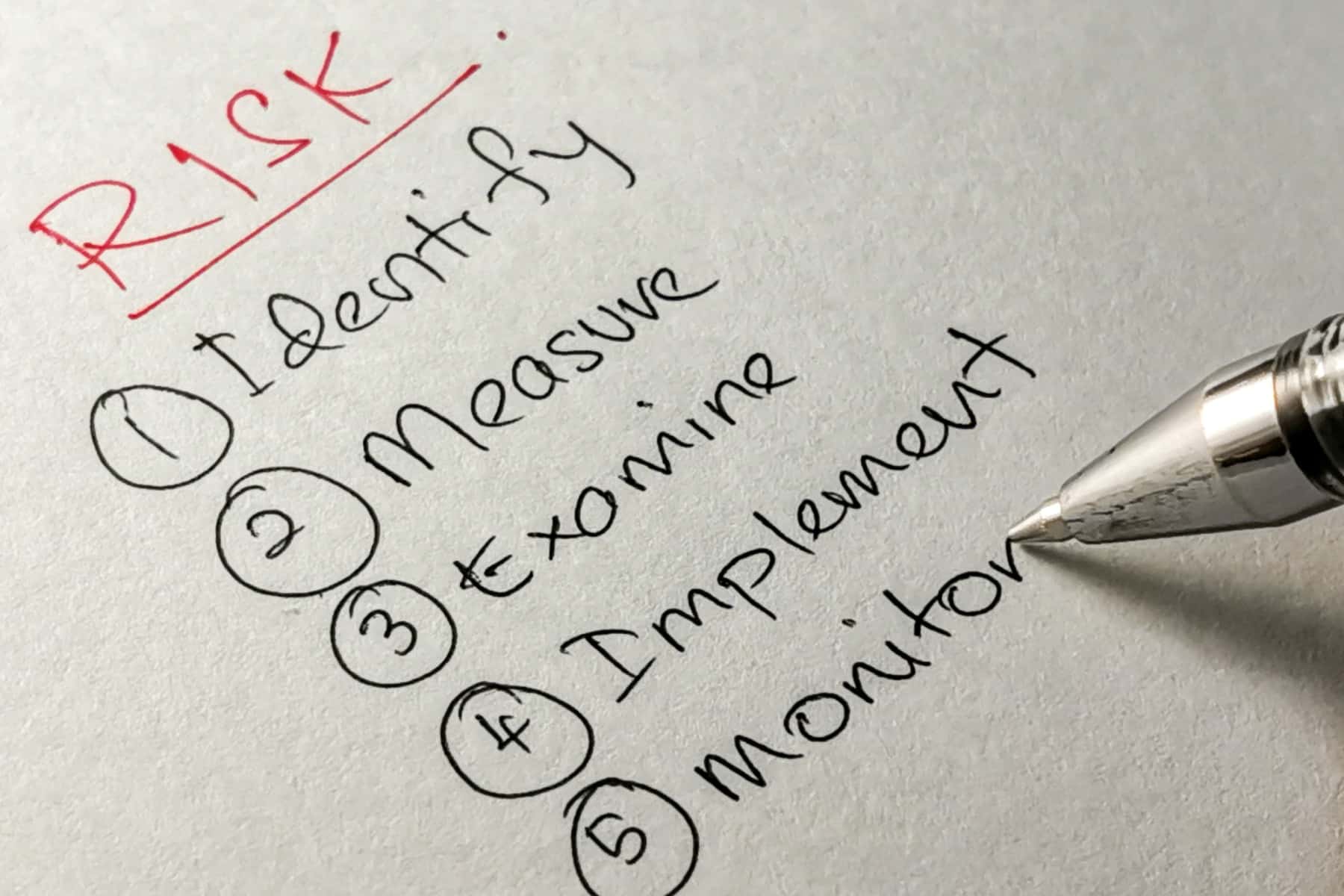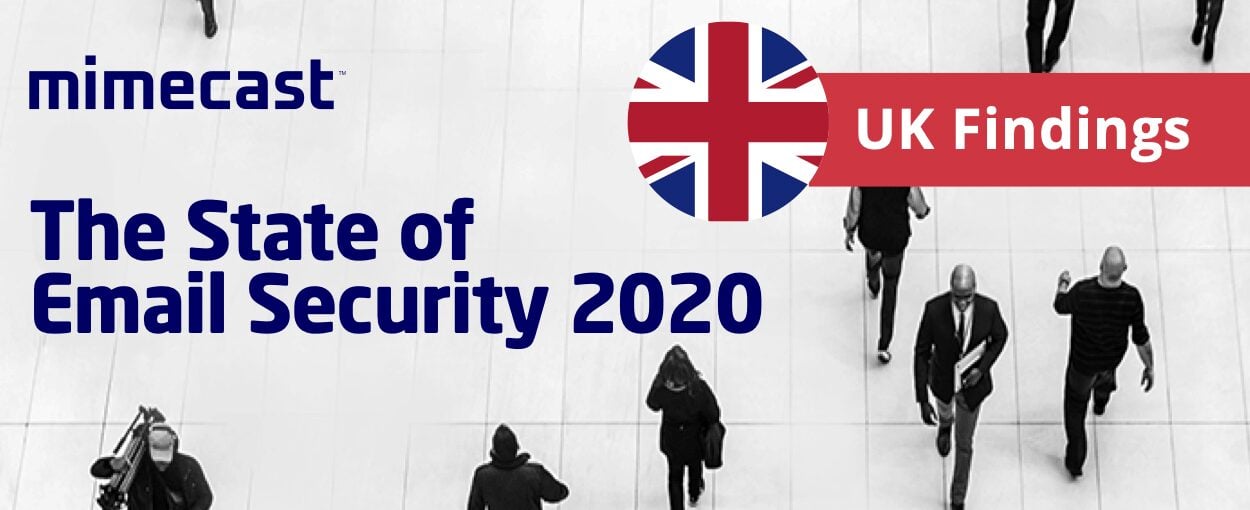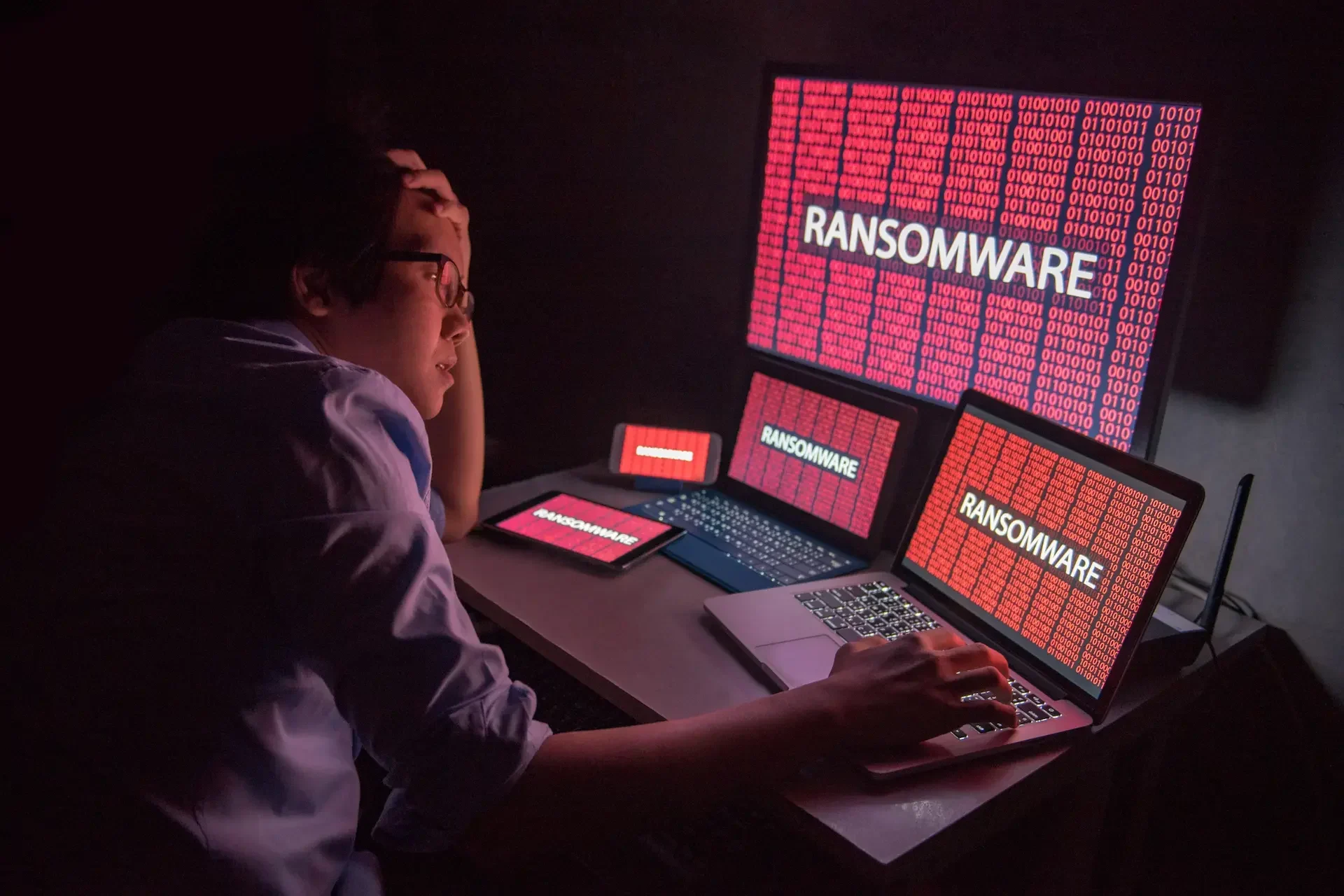Phishing is still the number one cause of data breaches for small and medium-sized enterprises (SMEs), but the game has changed. Attackers in 2025 are faster, more convincing, and increasingly using AI to scale and personalise their attacks.
For SMEs with limited resources, the risk is higher than ever. But with a smart, multi-layered cyber security strategy, you can dramatically reduce your exposure without slowing down your business.
What Are the New Phishing Tactics to Watch Out for in 2025?
In the past, phishing emails were riddled with spelling mistakes and easy to spot. Today, attackers are blending advanced technology with human psychology to create near-perfect scams.
Key trends shaping phishing in 2025:
- AI-generated phishing emails: Cyber criminals are using AI to write flawless, targeted messages that mimic tone, branding, and even the writing style of known contacts.
- Voice cloning and deepfake scams: Attackers can now convincingly impersonate a CEO’s voice on a phone call to request an urgent payment or data transfer.
- Business Email Compromise (BEC): Highly targeted scams where attackers infiltrate or spoof a legitimate email account to trick staff into transferring funds or sensitive information.
Learn more about how criminals manipulate trust in our article on social engineering threats.
Why Are SMEs Particularly Vulnerable to Phishing?
Phishing attacks are getting more sophisticated, but SMEs often face challenges that make them easier targets:
- Limited cyber security budgets compared to enterprise organisations.
- Fewer dedicated IT staff to monitor threats and manage incidents.
- High reliance on email and cloud collaboration tools for day-to-day operations.
The result? A single successful phishing attack can cause disproportionate damage, including data loss, financial fraud, reputational harm, and compliance penalties.
What Is the Best Defence Against Phishing in 2025?
The most effective defence against phishing in 2025 isn’t one tool or one policy; it’s multiple overlapping security layers. This approach combines technology, processes, and people to create a stronger overall defence.
- Technical controls: Enterprise-grade email filtering, DNS security, and anti-spoofing protocols (SPF, DKIM, DMARC).
- Human defences: Regular cyber awareness training, phishing simulations, and a culture of verifying suspicious requests.
- Incident response: A documented, tested plan for responding to suspected phishing attempts, including isolation, reporting, and recovery steps.
Our cyber security services can help you implement all three layers in a way that fits your organisation’s size and budget.
Which Security Layers Work Best Against Modern Phishing Threats?
To combat 2025’s phishing landscape, SMEs should consider these essential layers:
- Zero Trust security model – Assume no user or device is trusted by default, even inside your network. Verify all access attempts.
- Multi-factor authentication (MFA) – Require a second verification step for email, VPN, and cloud services to block account takeovers.
- Threat intelligence tools – Use services that proactively scan for phishing domains, leaked credentials, and suspicious activity targeting your organisation.
What Should SMEs Do Now to Prepare for Phishing in 2025?
Action plan for this quarter:
- Review and strengthen email filtering rules.
- Roll out MFA on all key systems.
- Deliver phishing awareness training to all staff.
- Test your incident response process with a live simulation.
How Can Dr Logic Help Protect Your Business from Phishing?
Phishing attacks in 2025 are smarter than ever, but your security can be smarter too. With IT as a Service from Dr Logic, you get a proactive cyber-first partner who monitors, trains, and protects your business from evolving threats.
Book a security review today to see how your team would stand up to the latest phishing attacks.
Summary: How Can SMEs Protect Against Phishing in 2025?
SMEs should use a multi-layered defence combining advanced email filtering, multi-factor authentication, and staff phishing awareness training. Adopting a Zero Trust model and regularly testing your incident response plan can dramatically reduce the risk of a successful phishing attack.
FAQs
What is AI phishing?
AI phishing uses artificial intelligence to create convincing, personalised scam messages at scale.
How do I train staff to spot phishing?
Run regular phishing awareness sessions and simulated phishing test to build instinctive detection skills.
What is the best defence against phishing emails?
A multi-layered approach combining technical controls, staff training, and MFA offers the strongest protection. Speak to a cyber security expert today.
